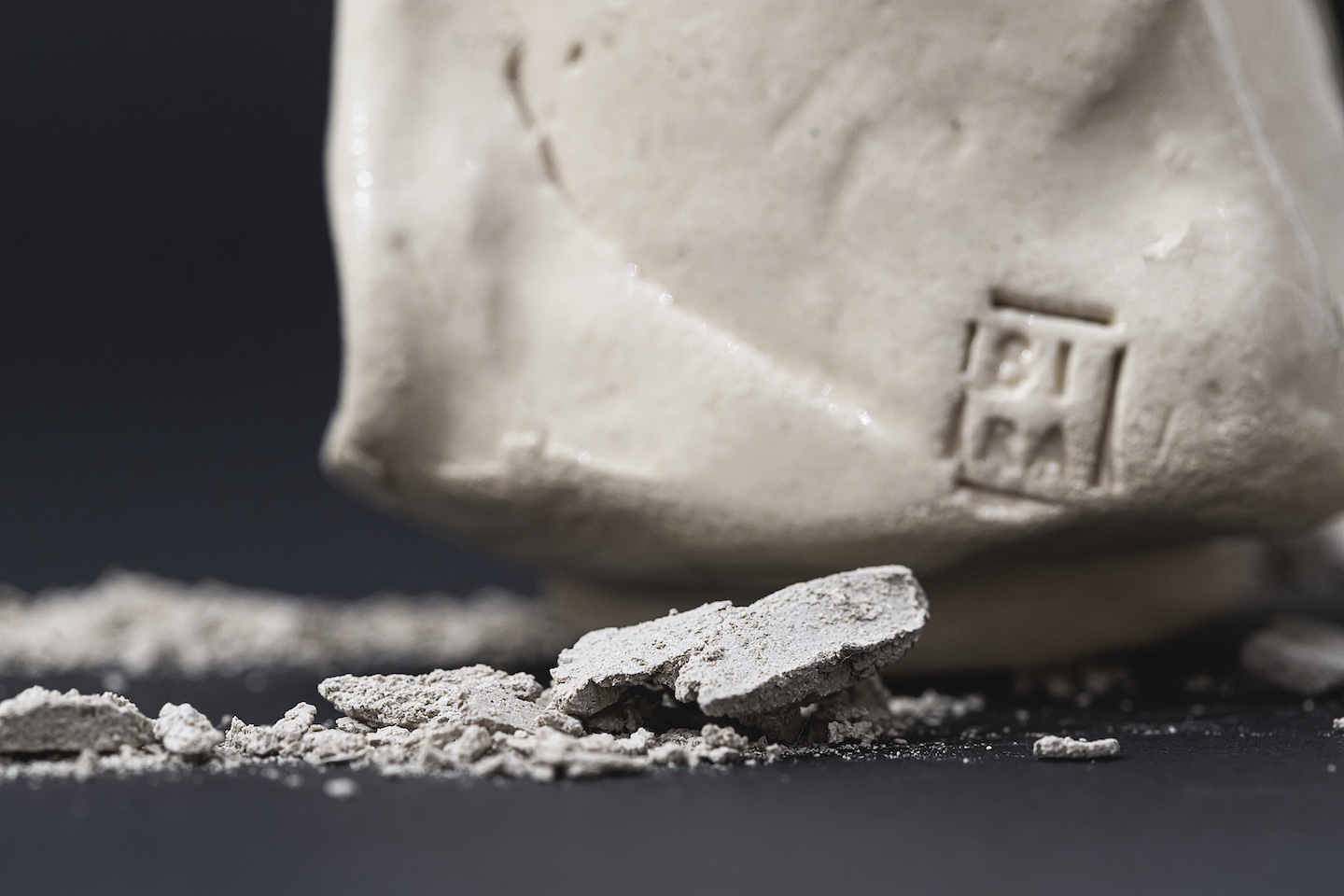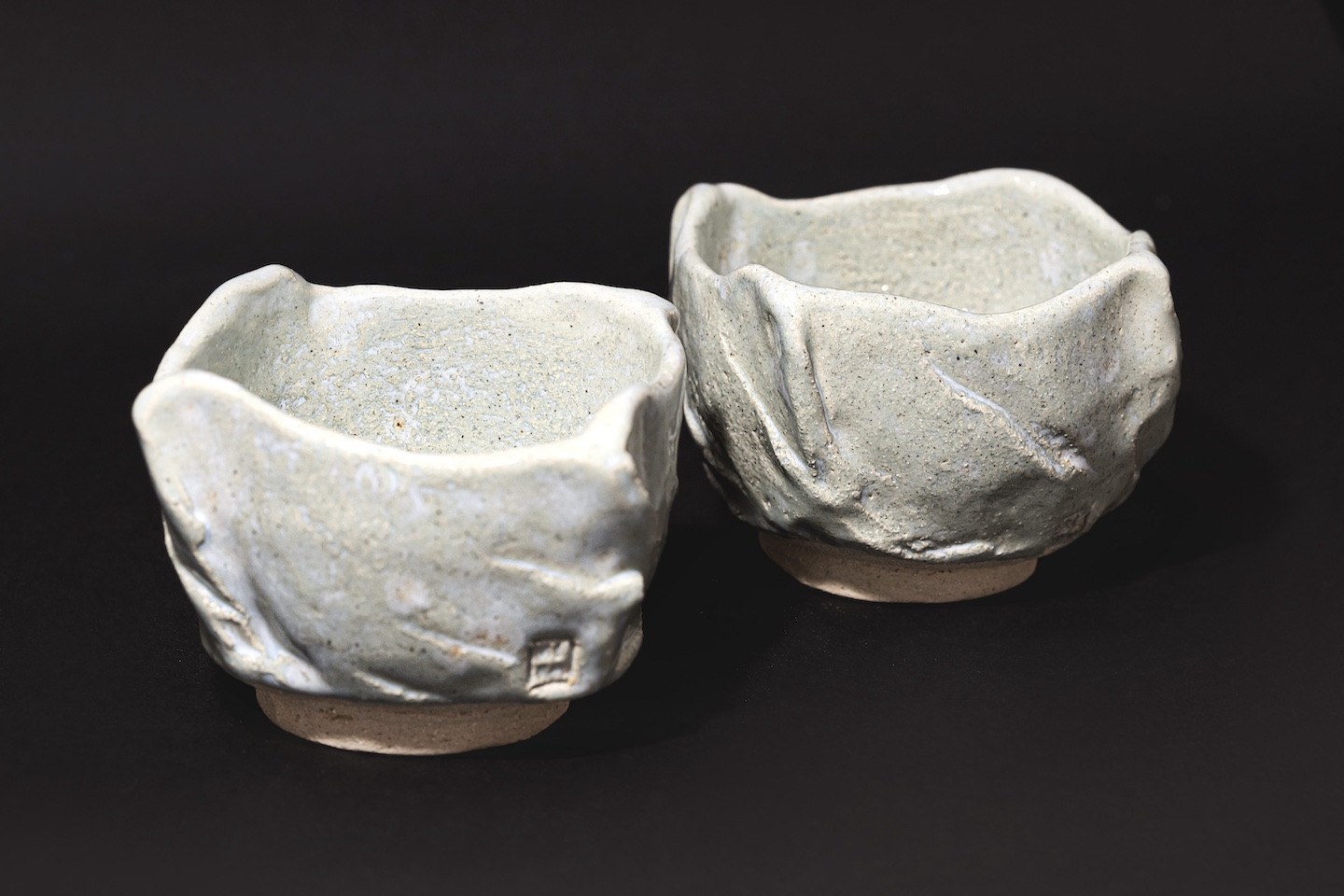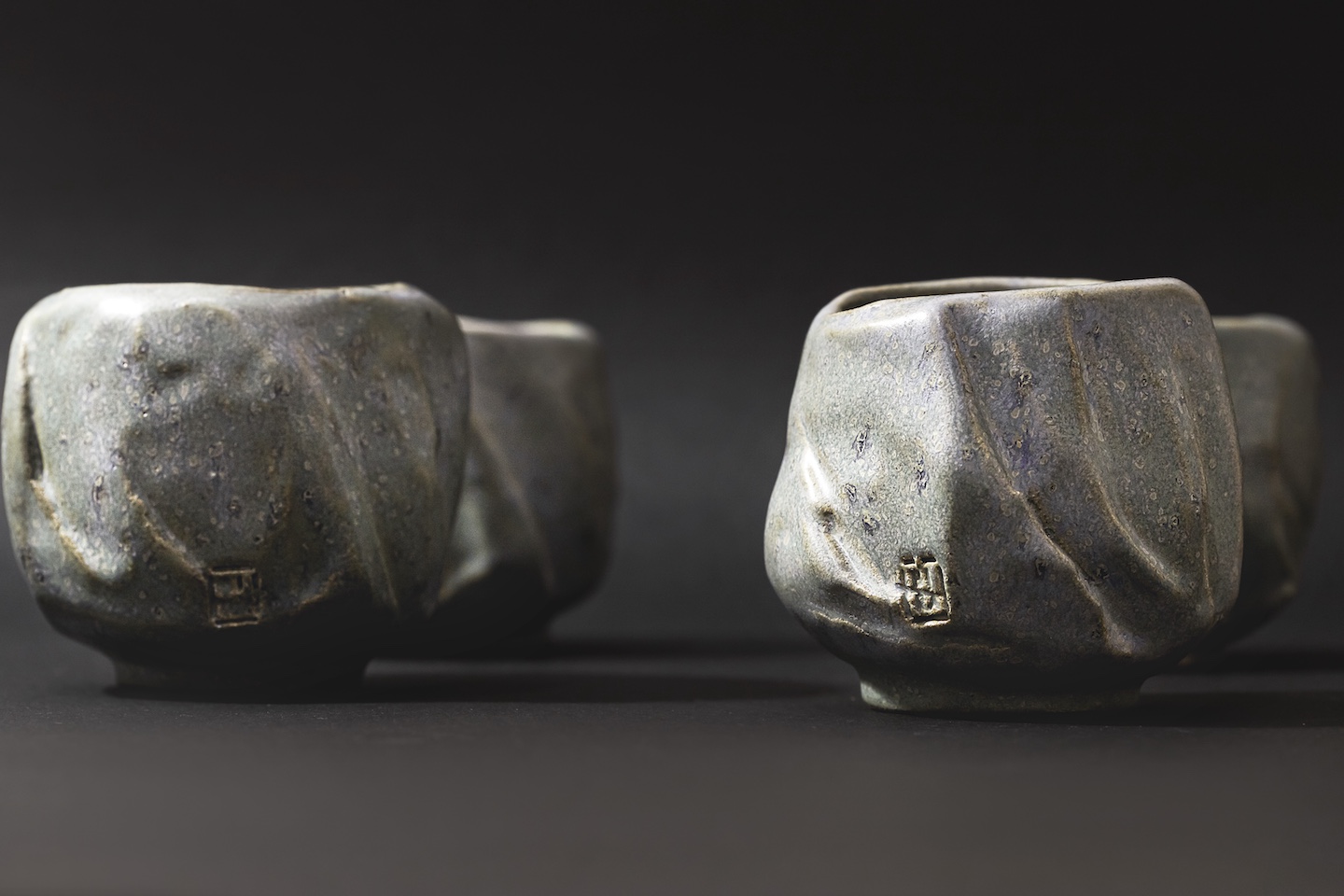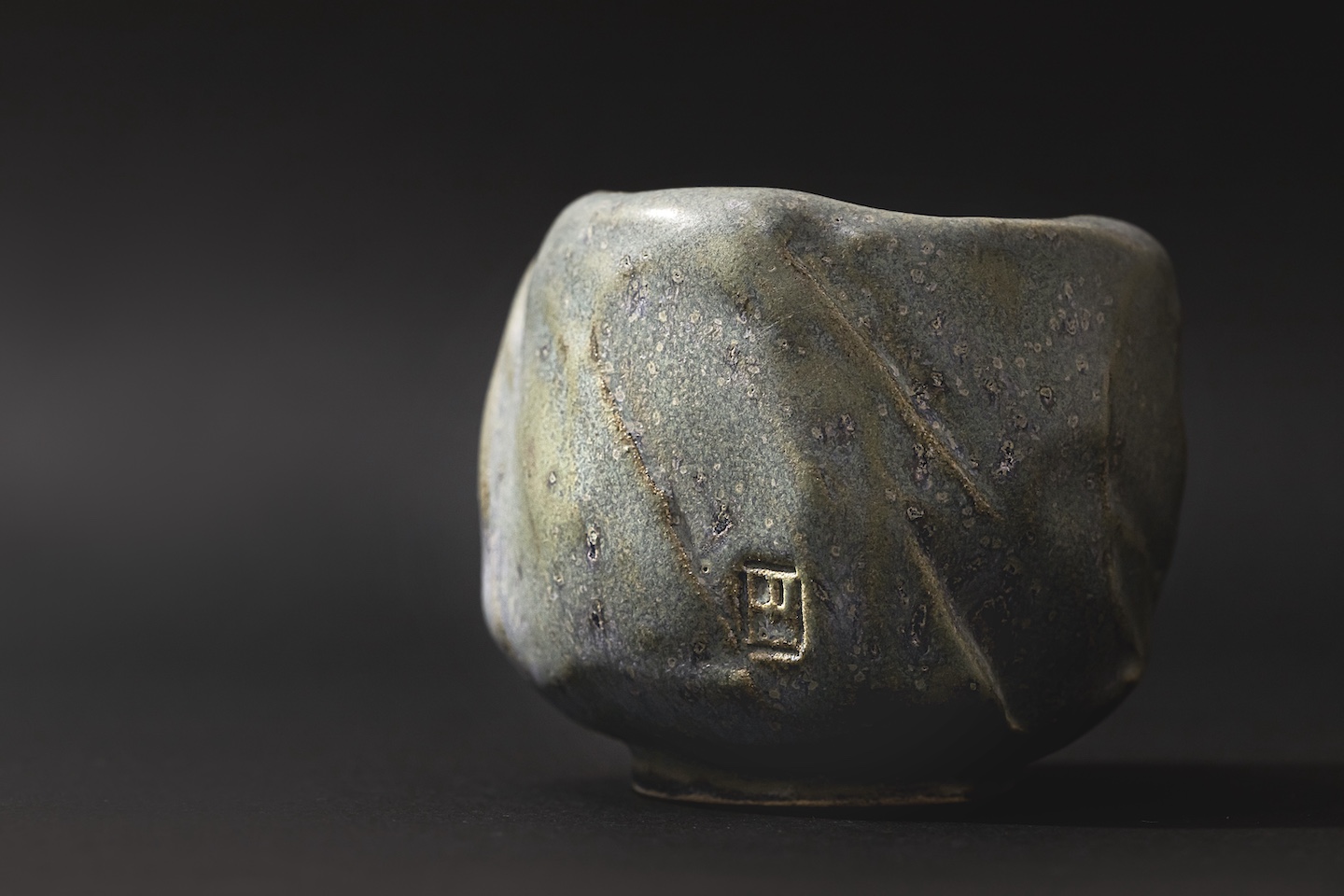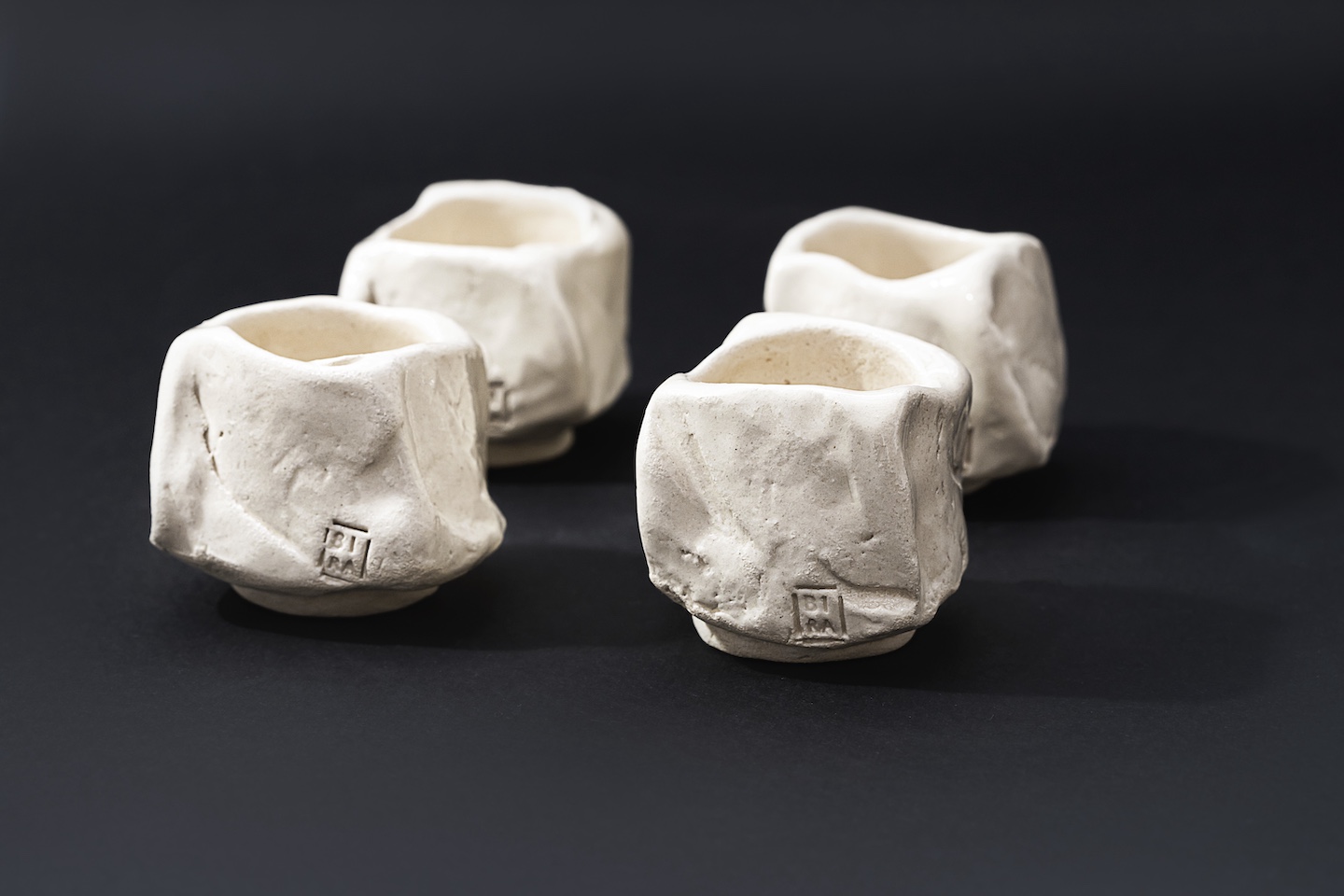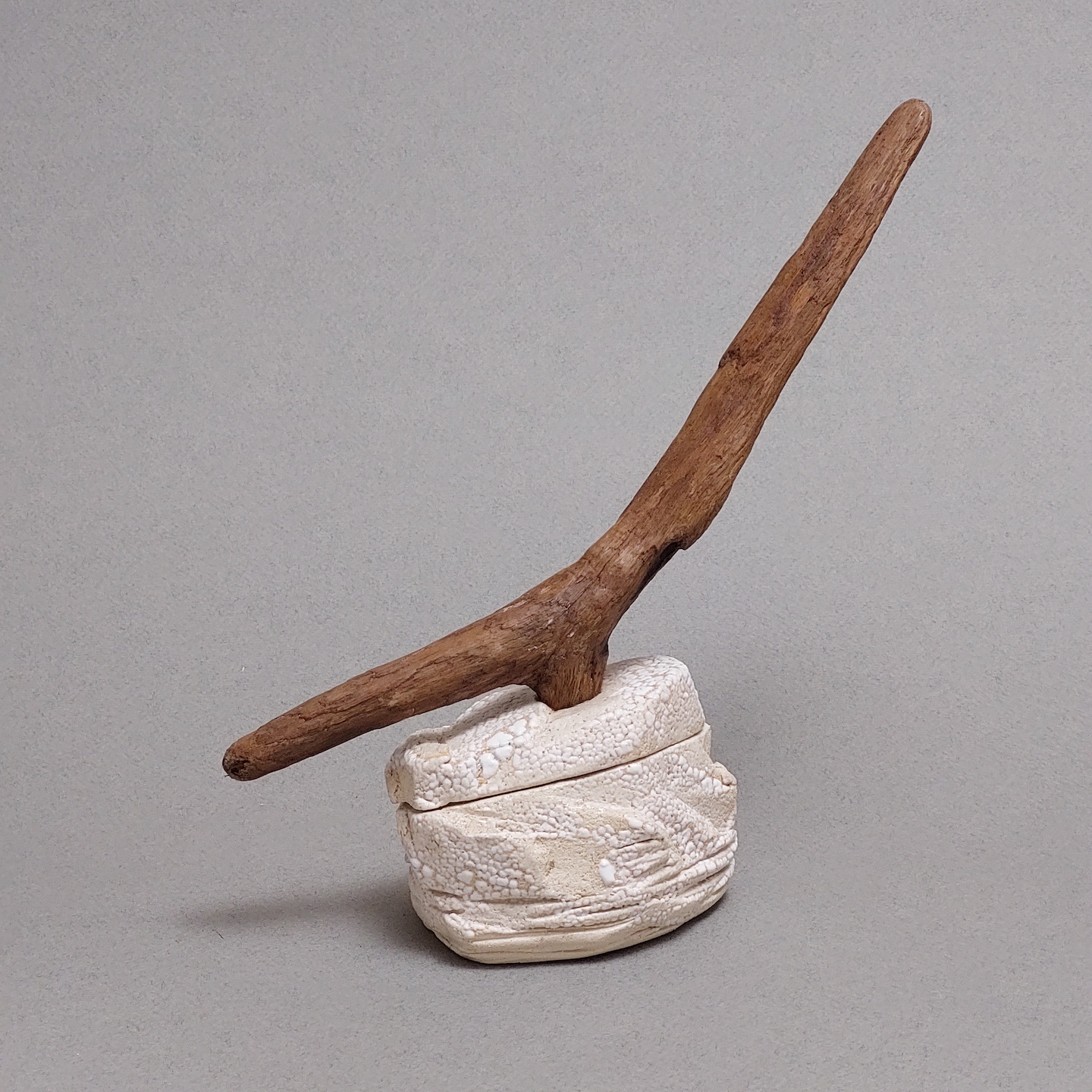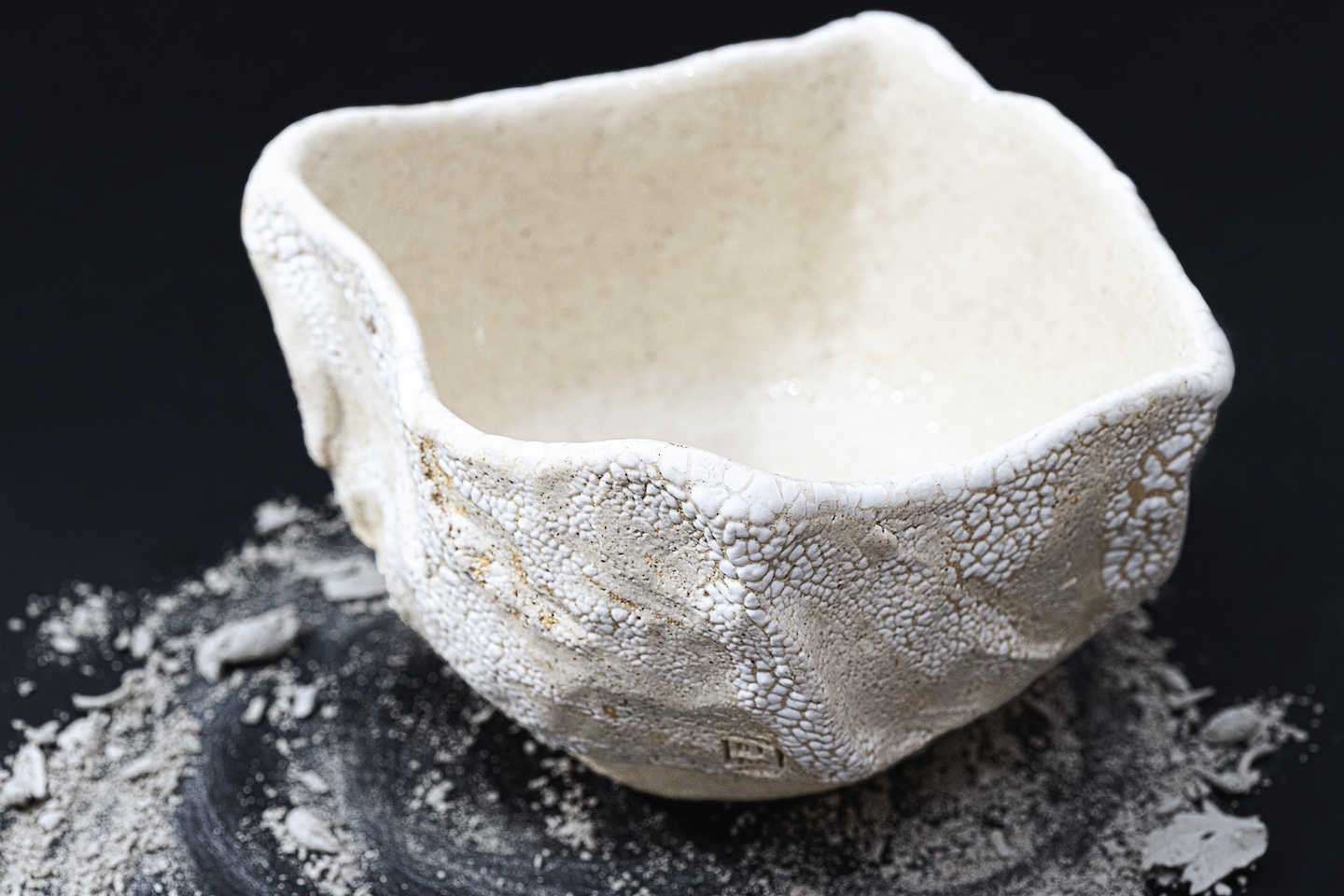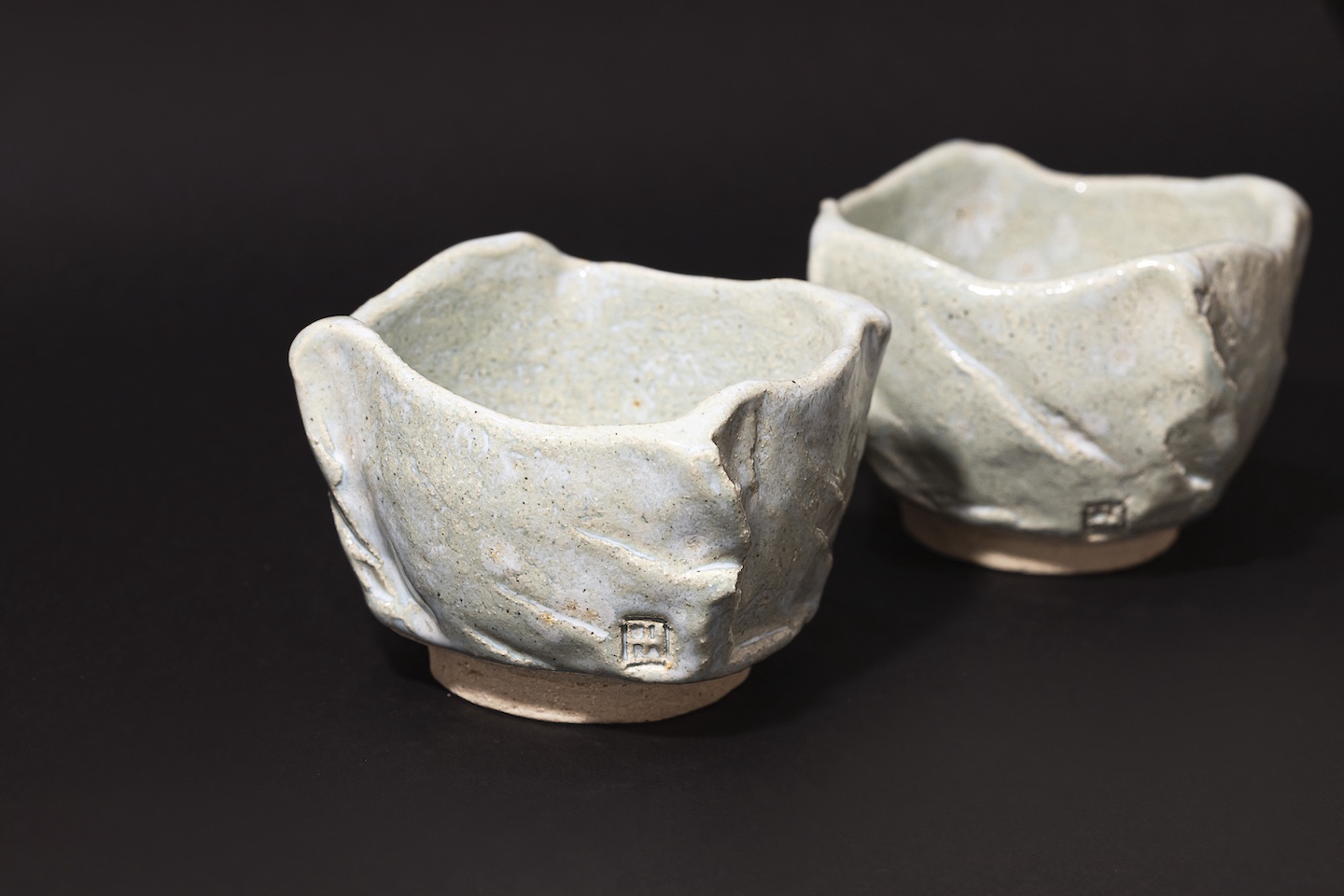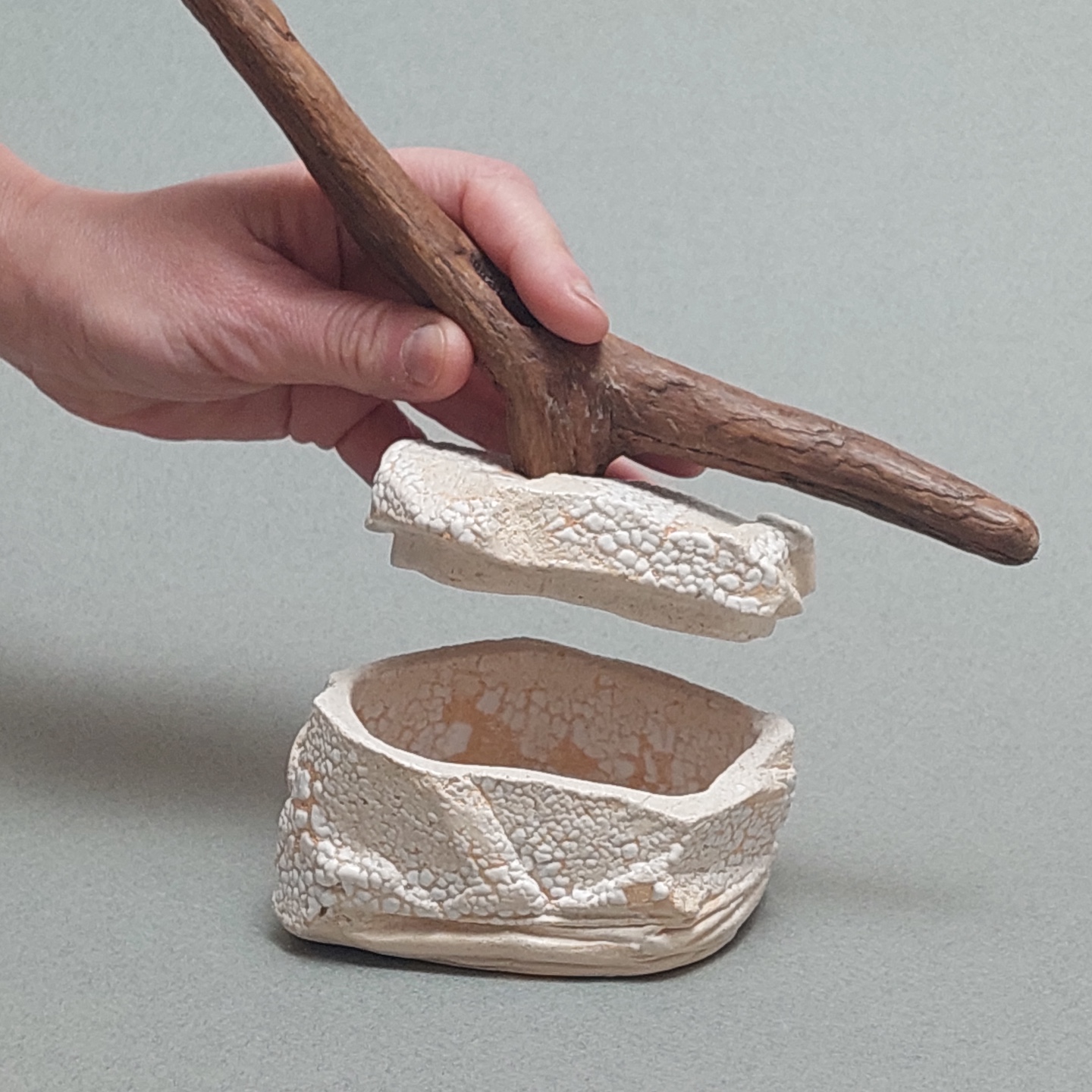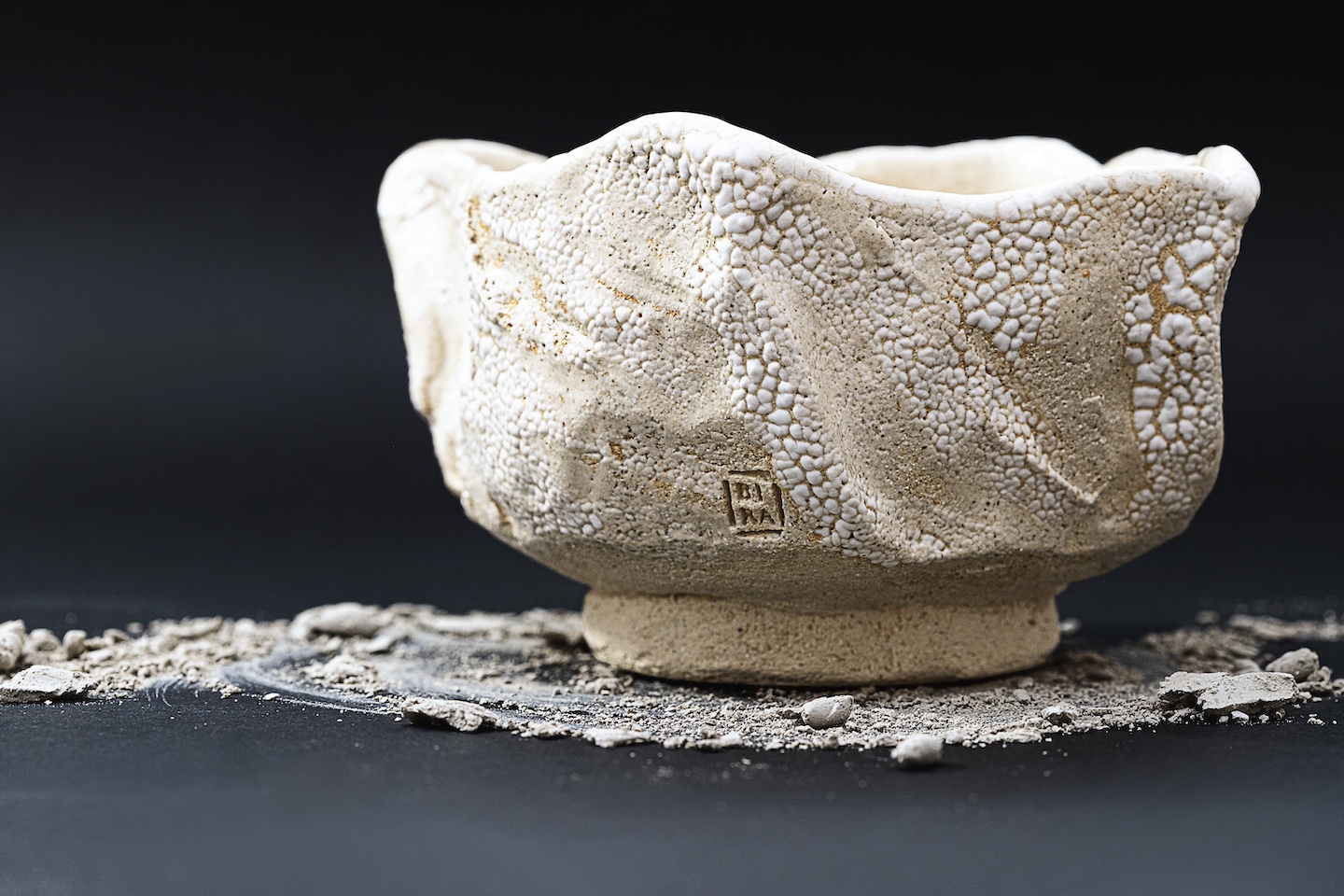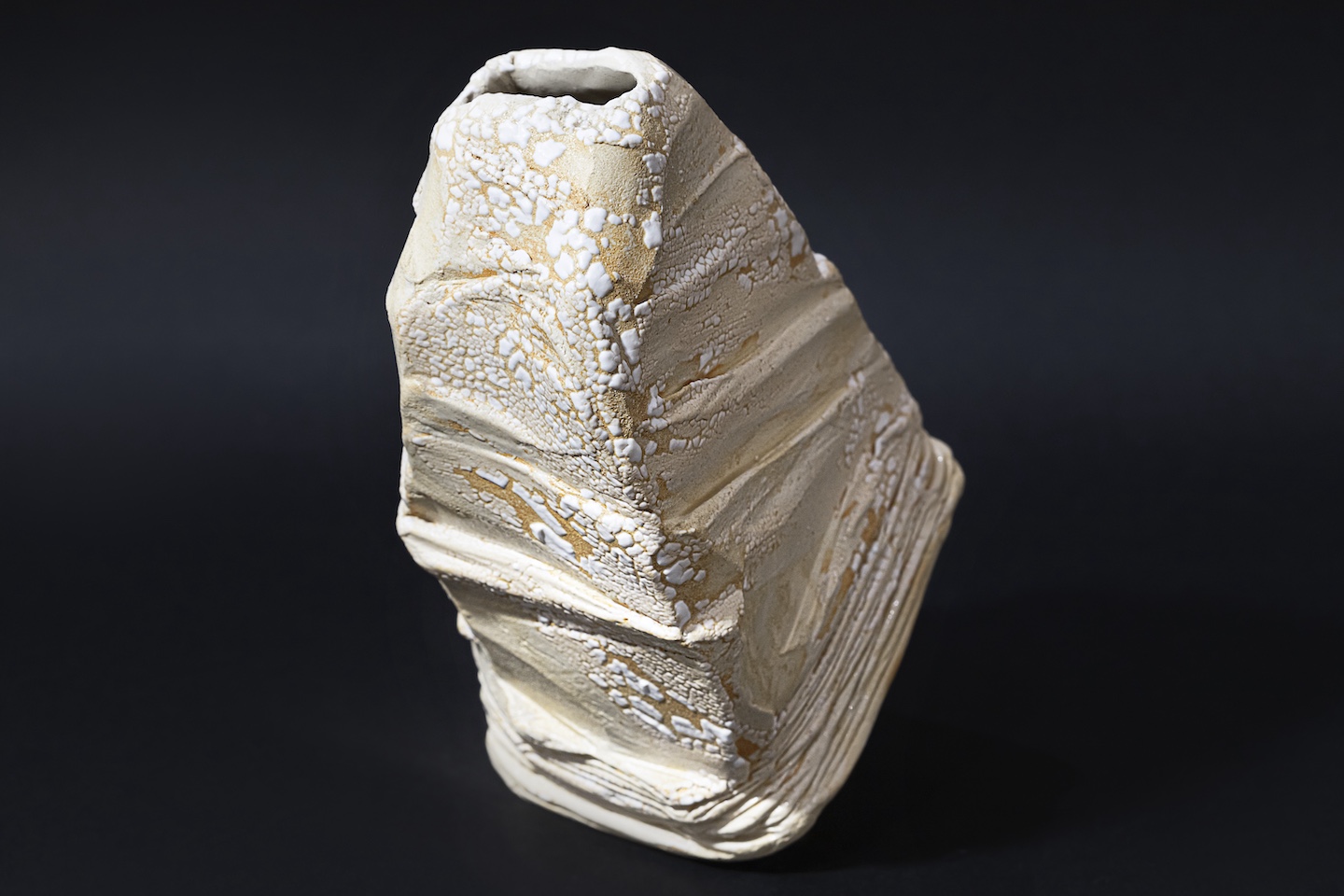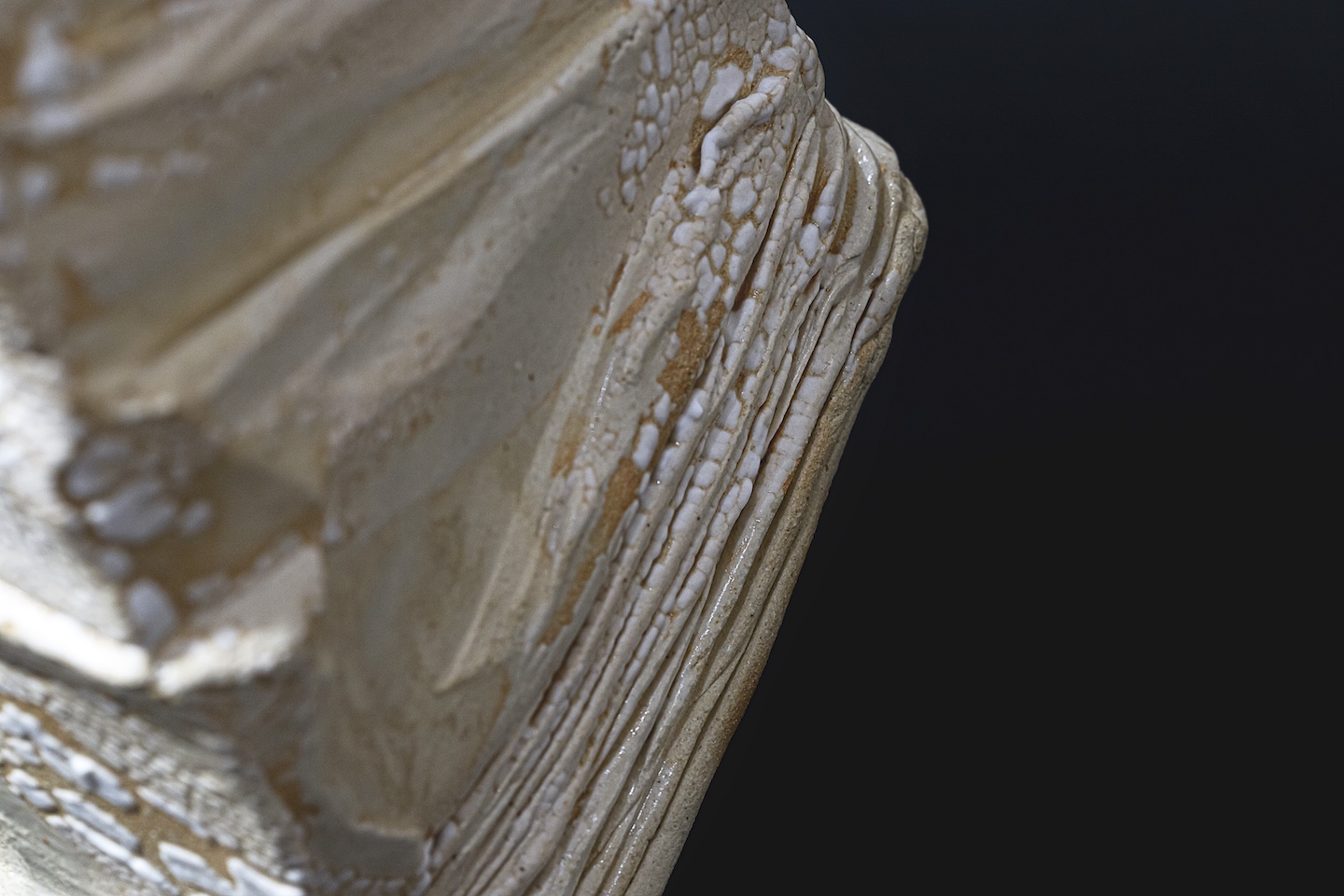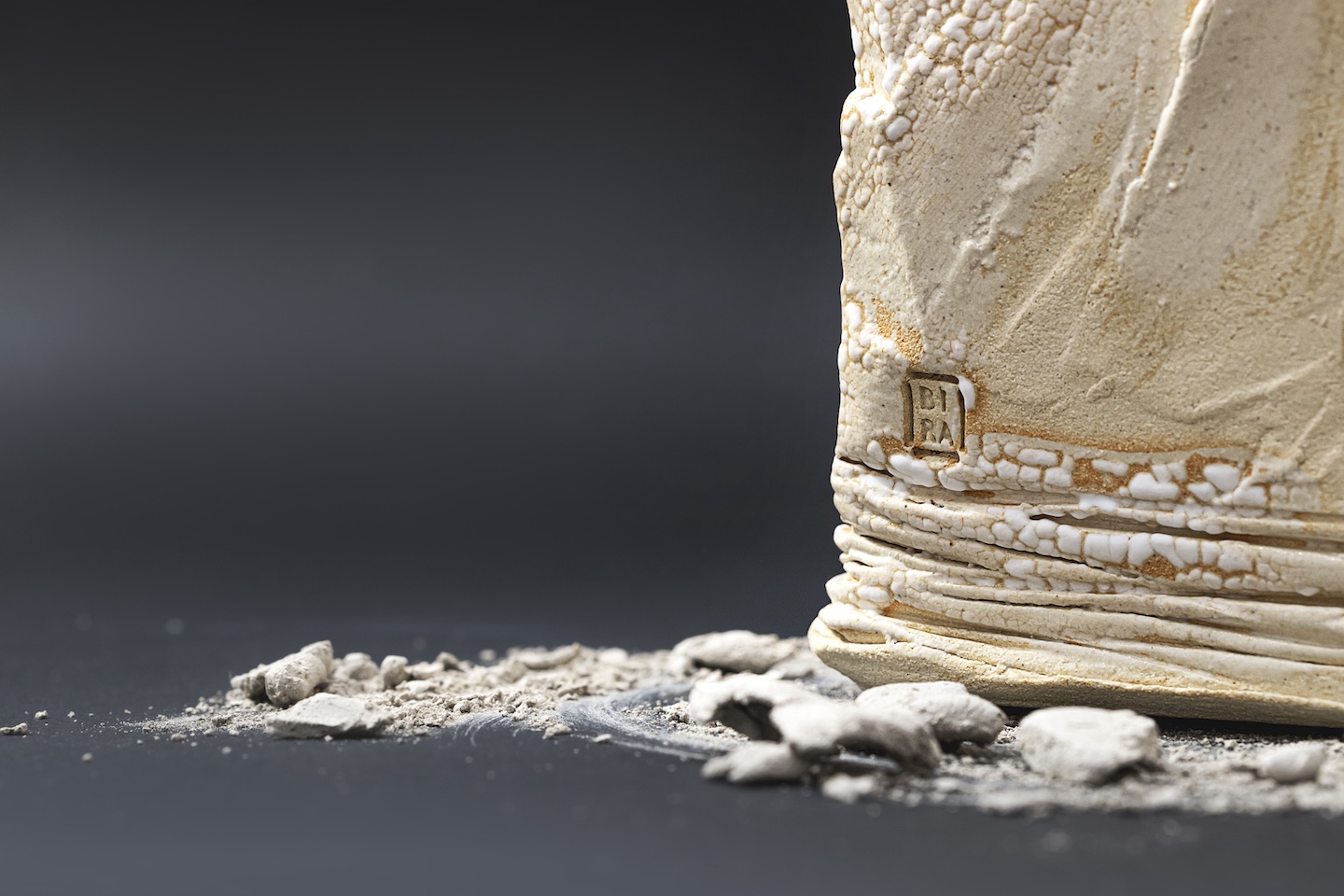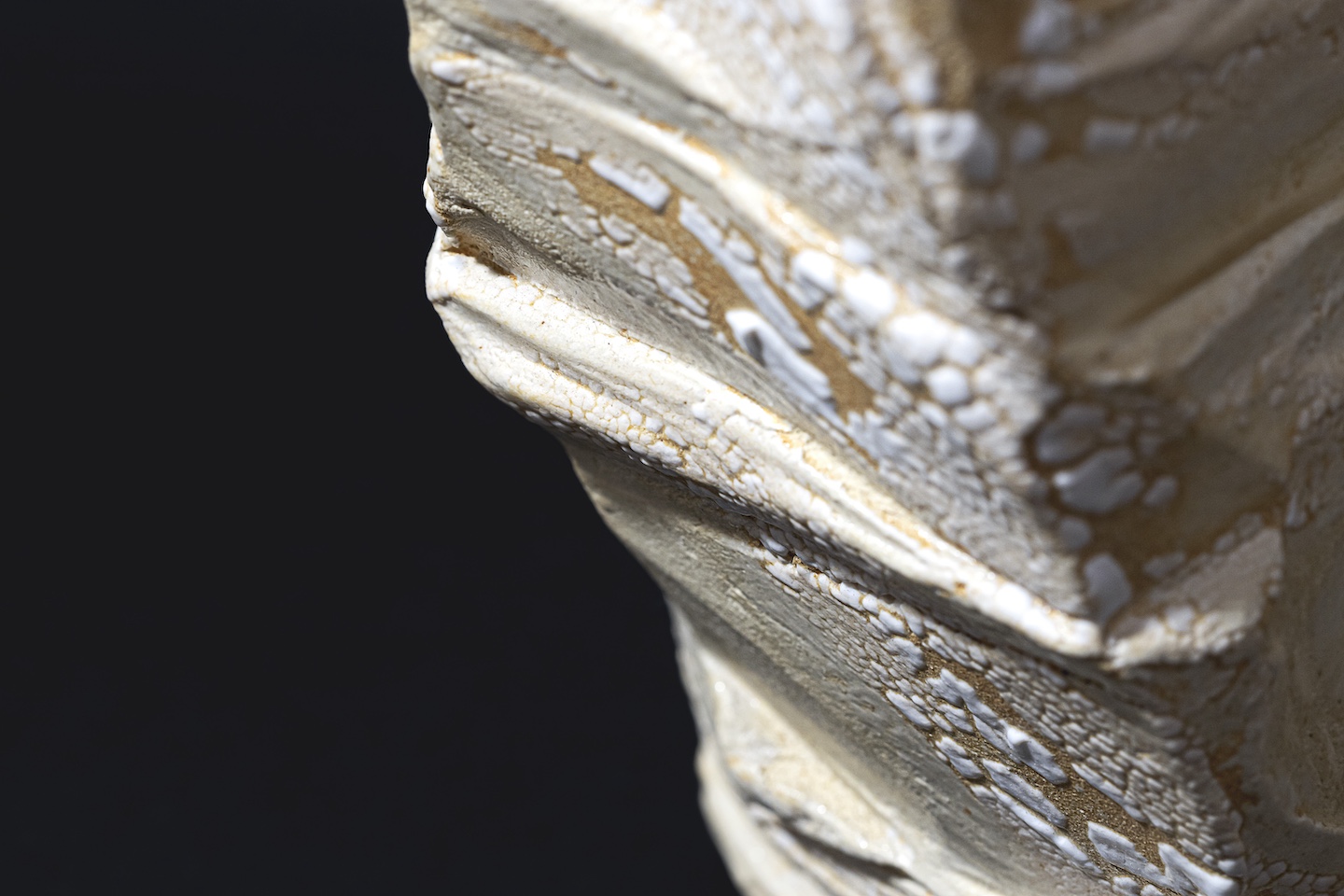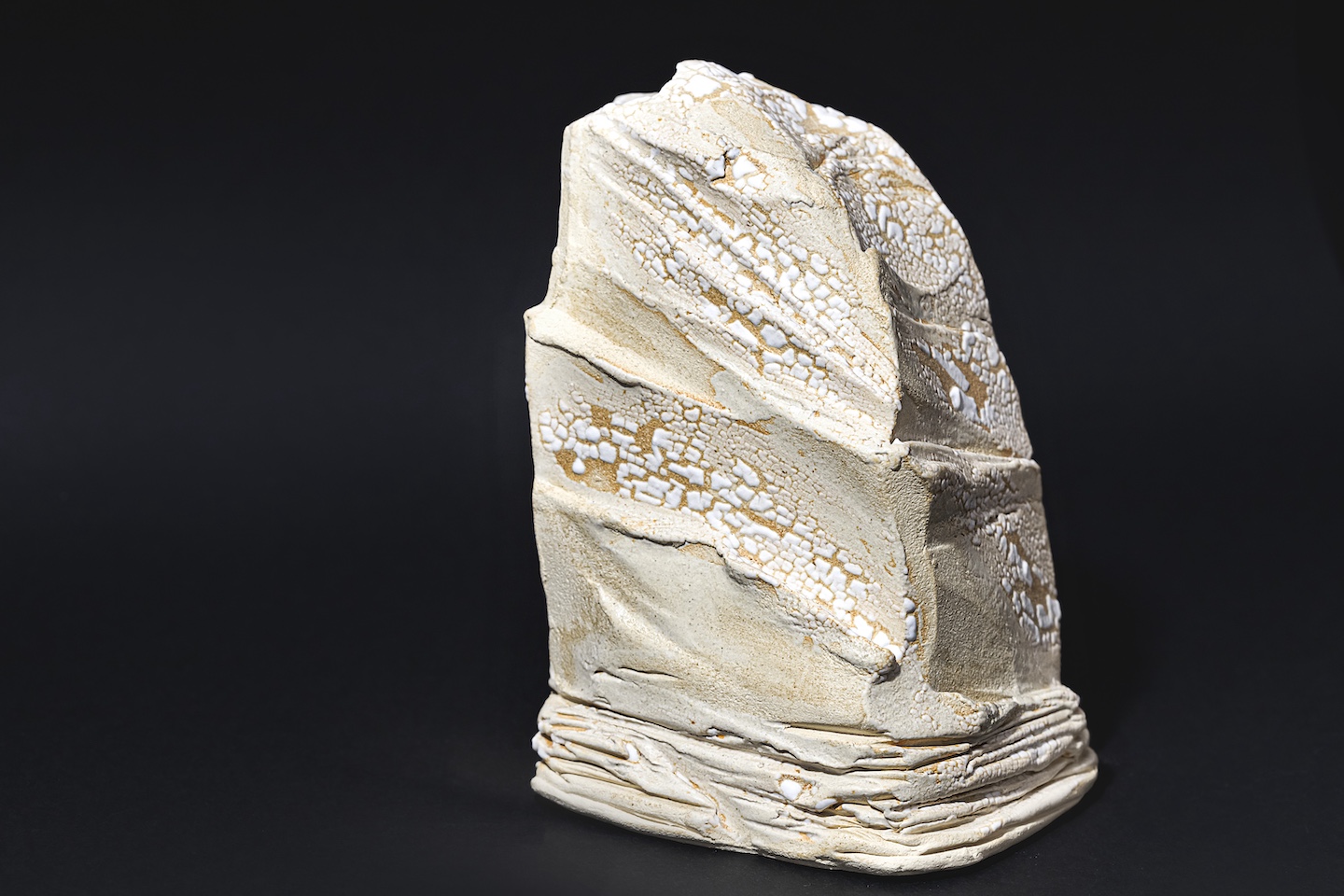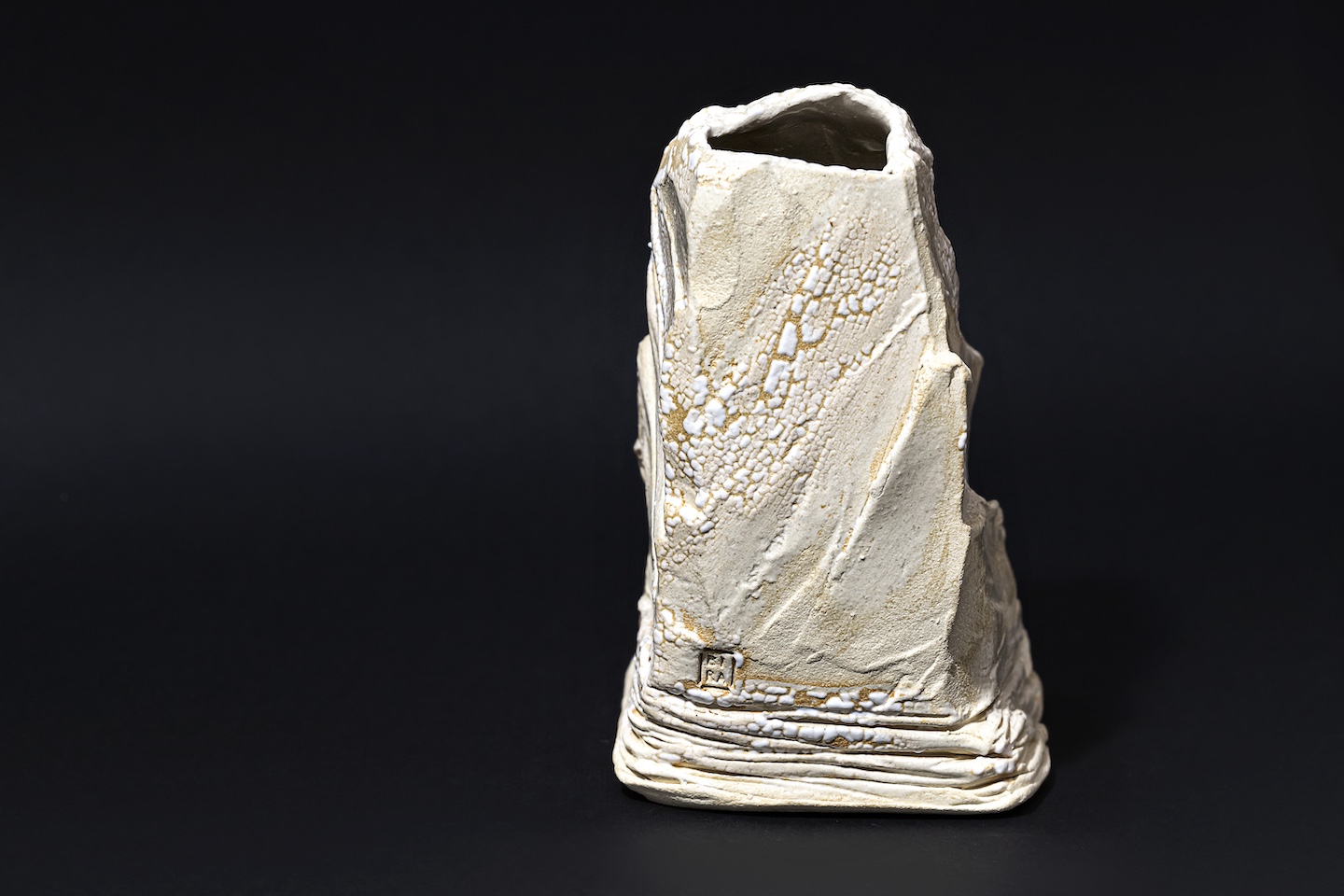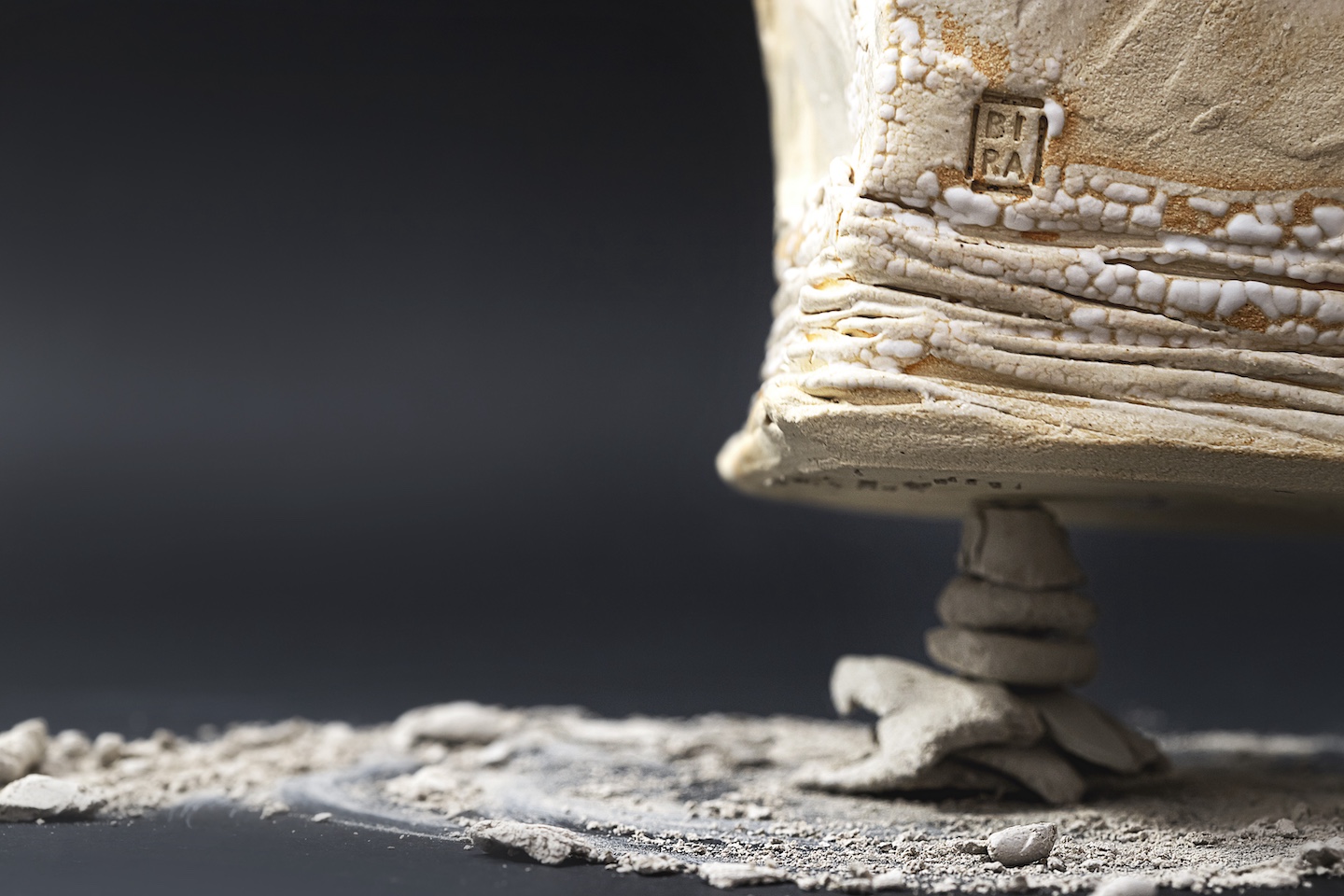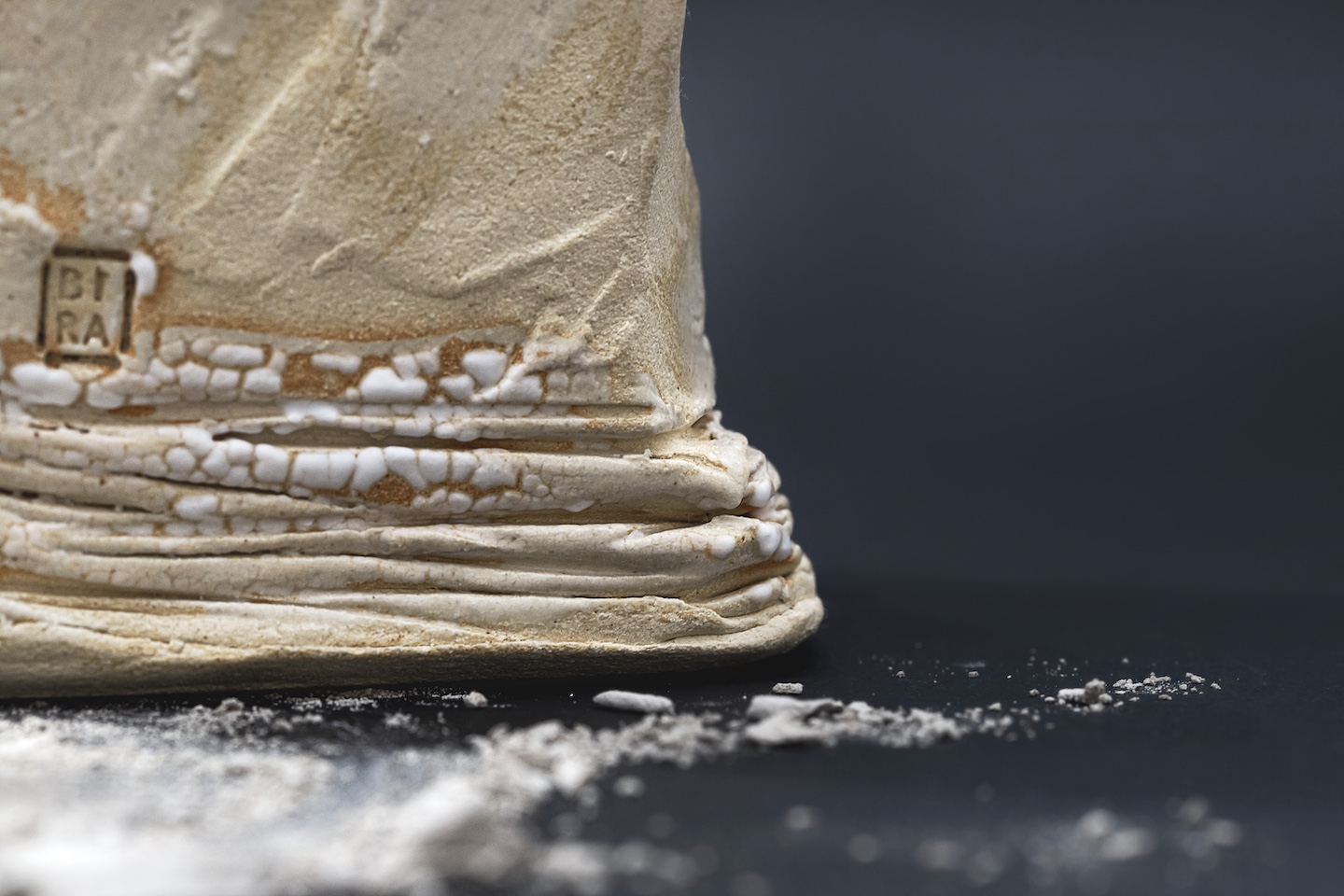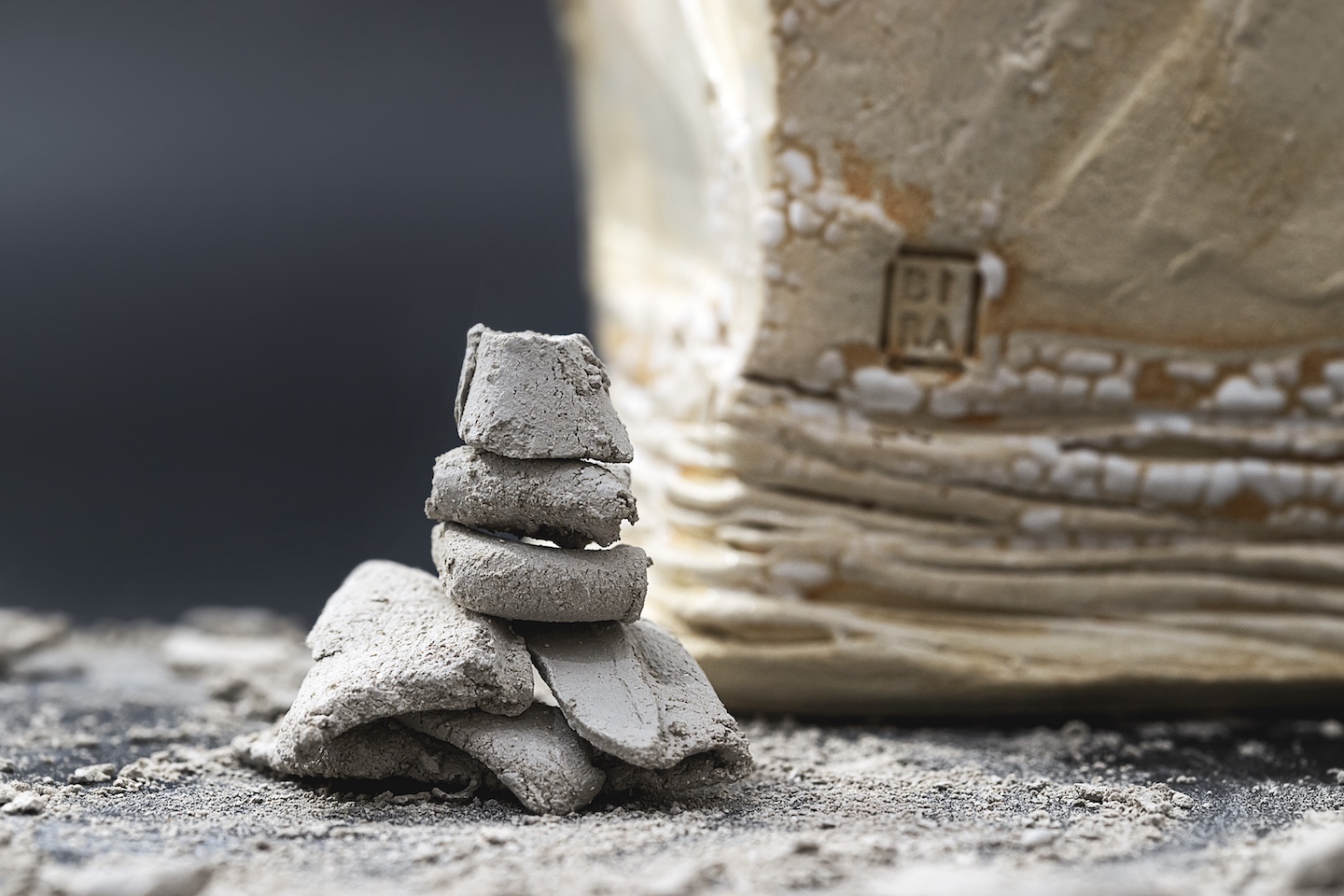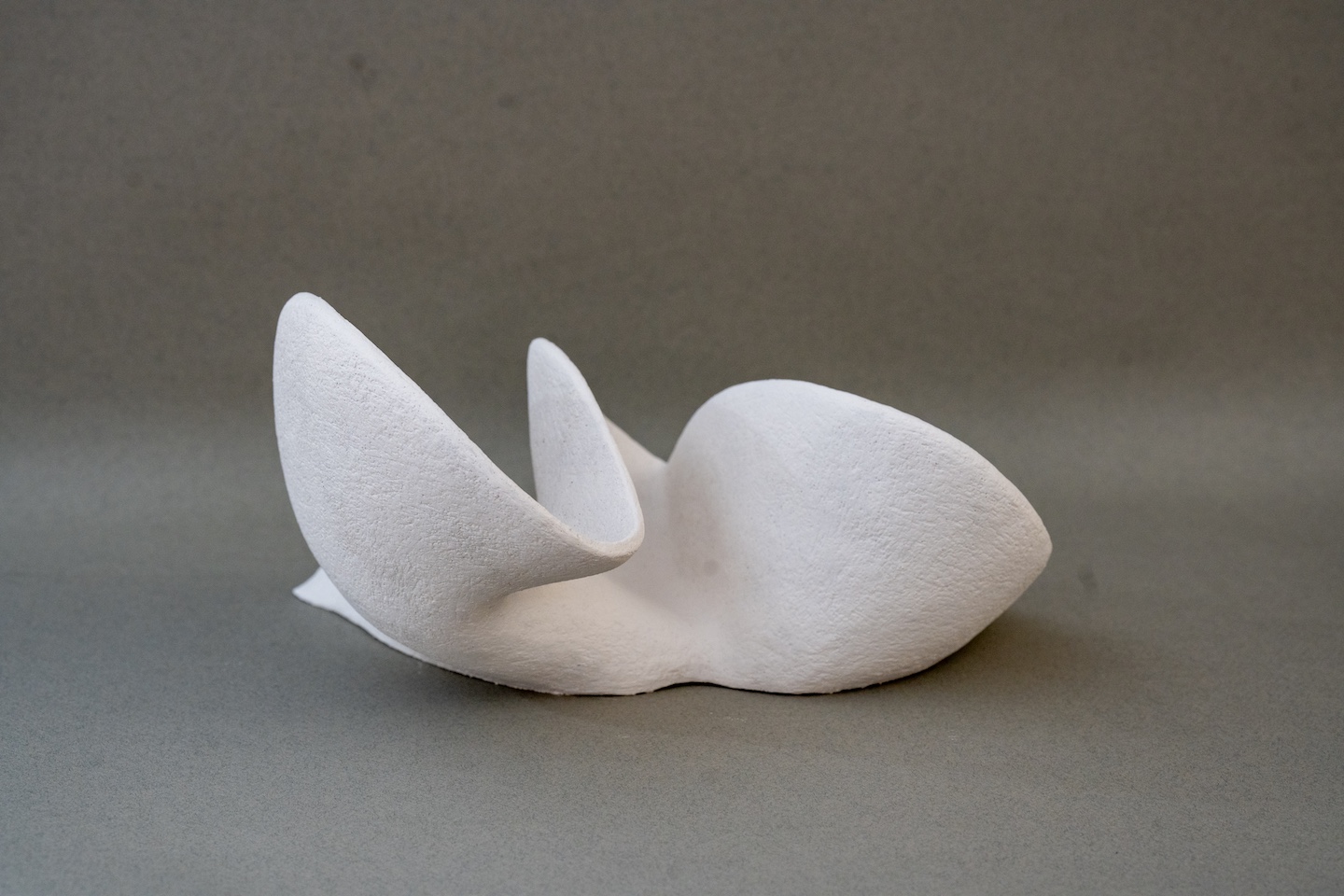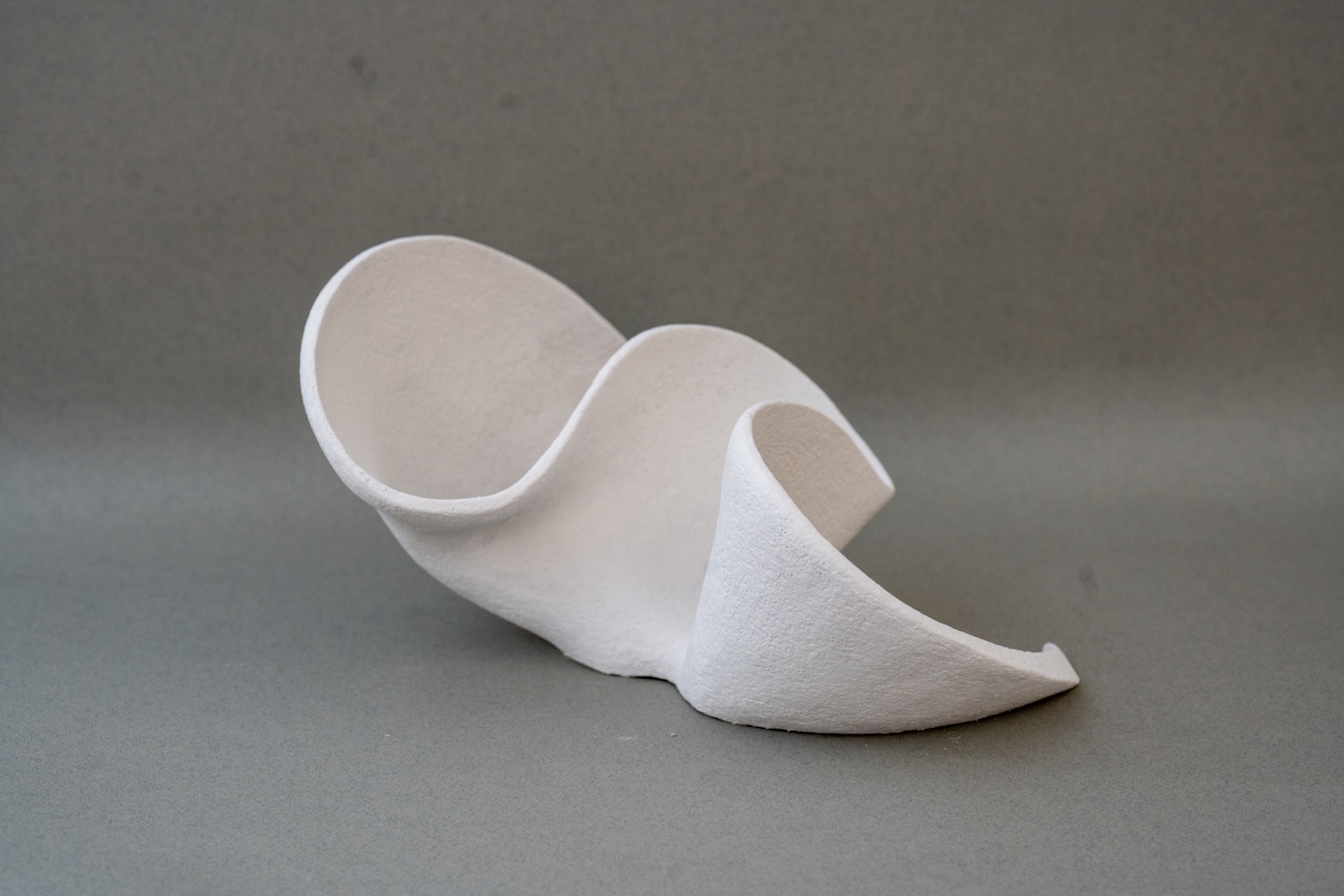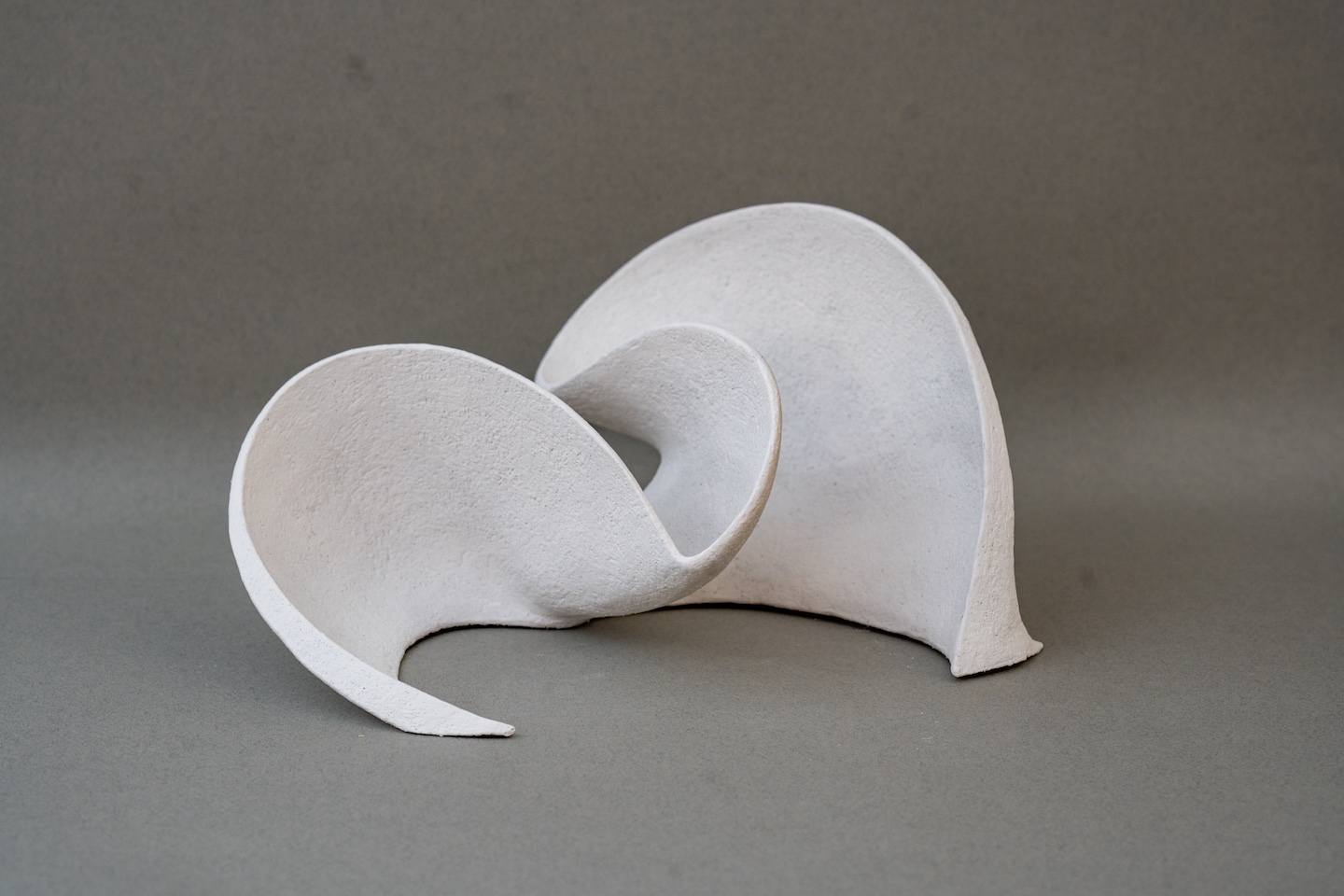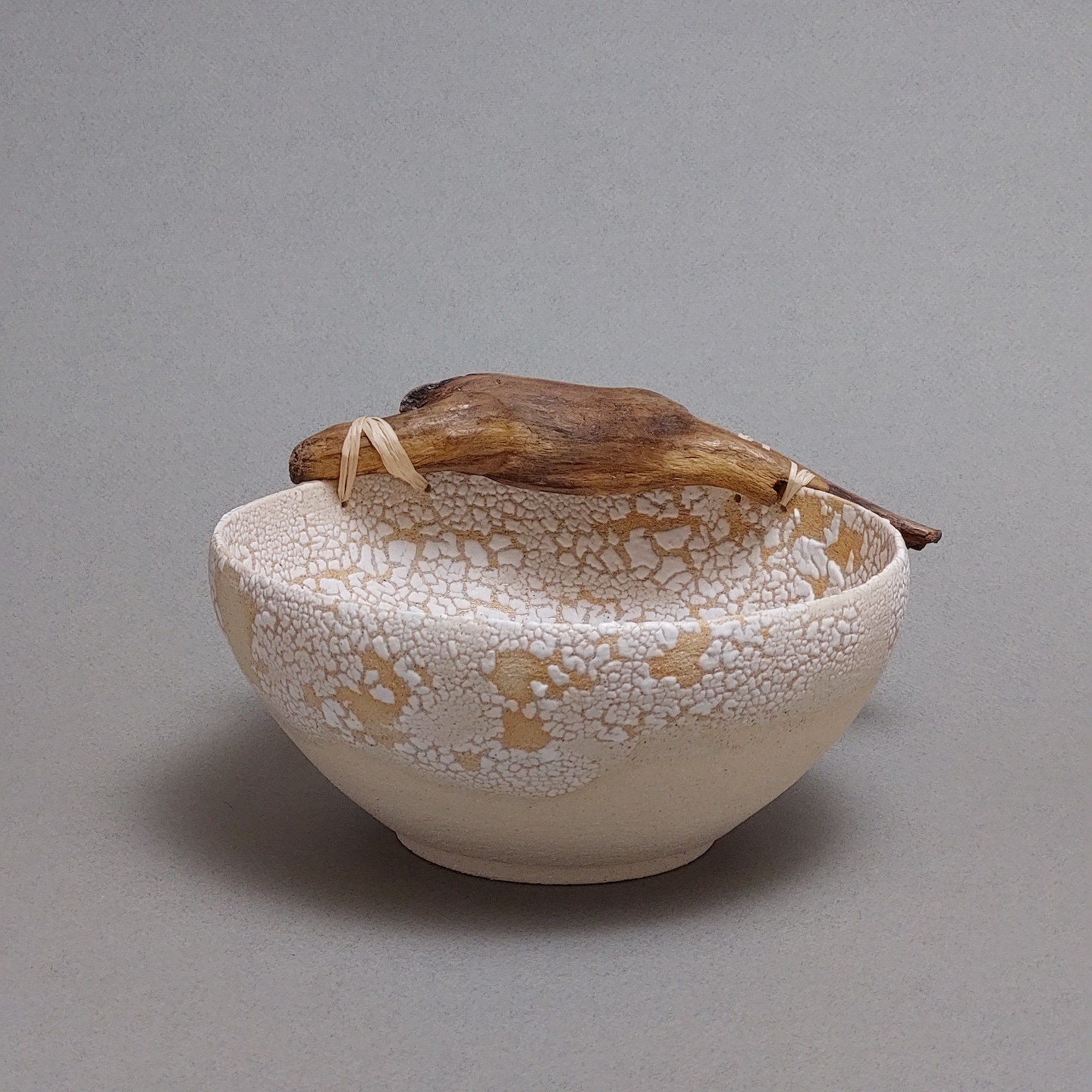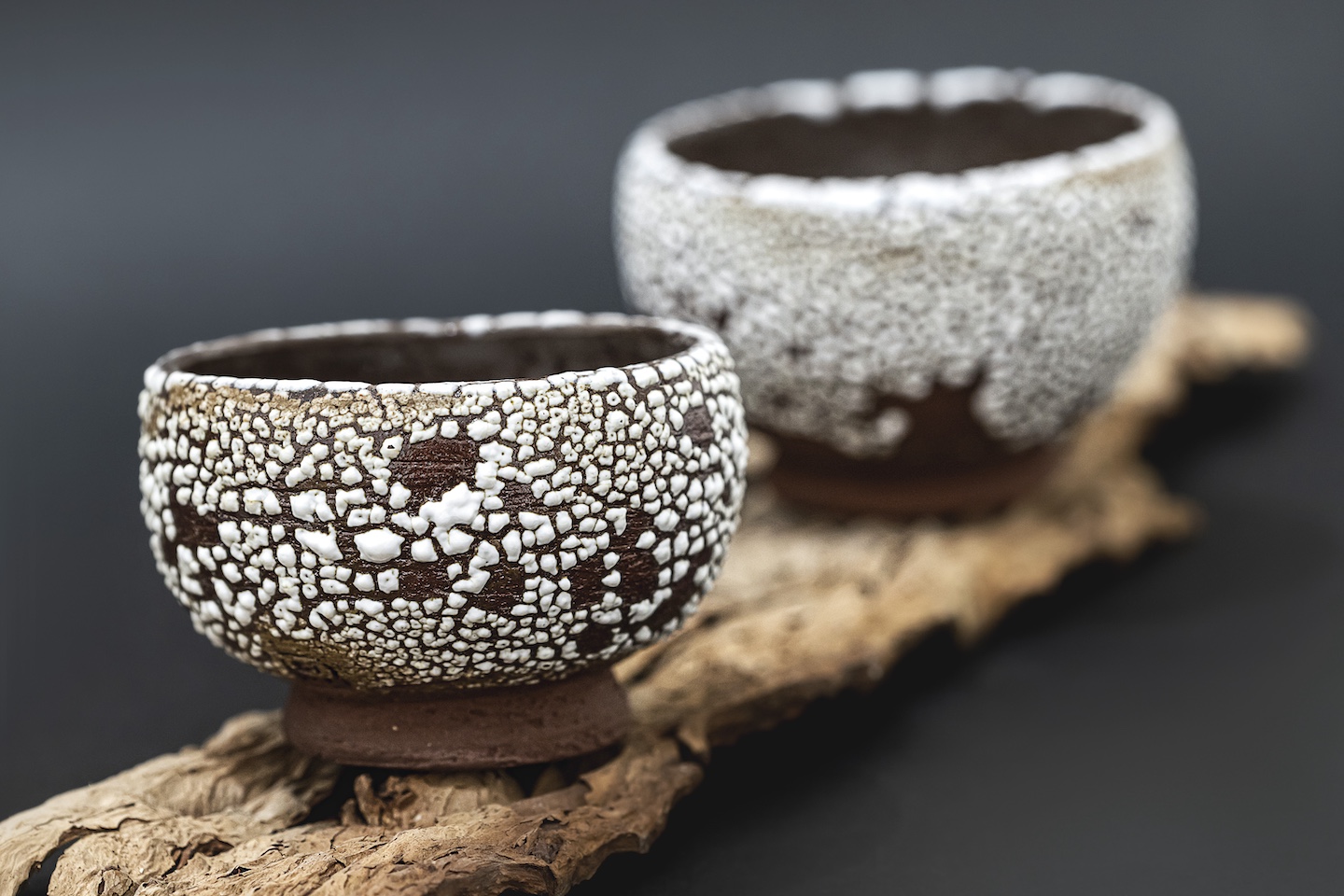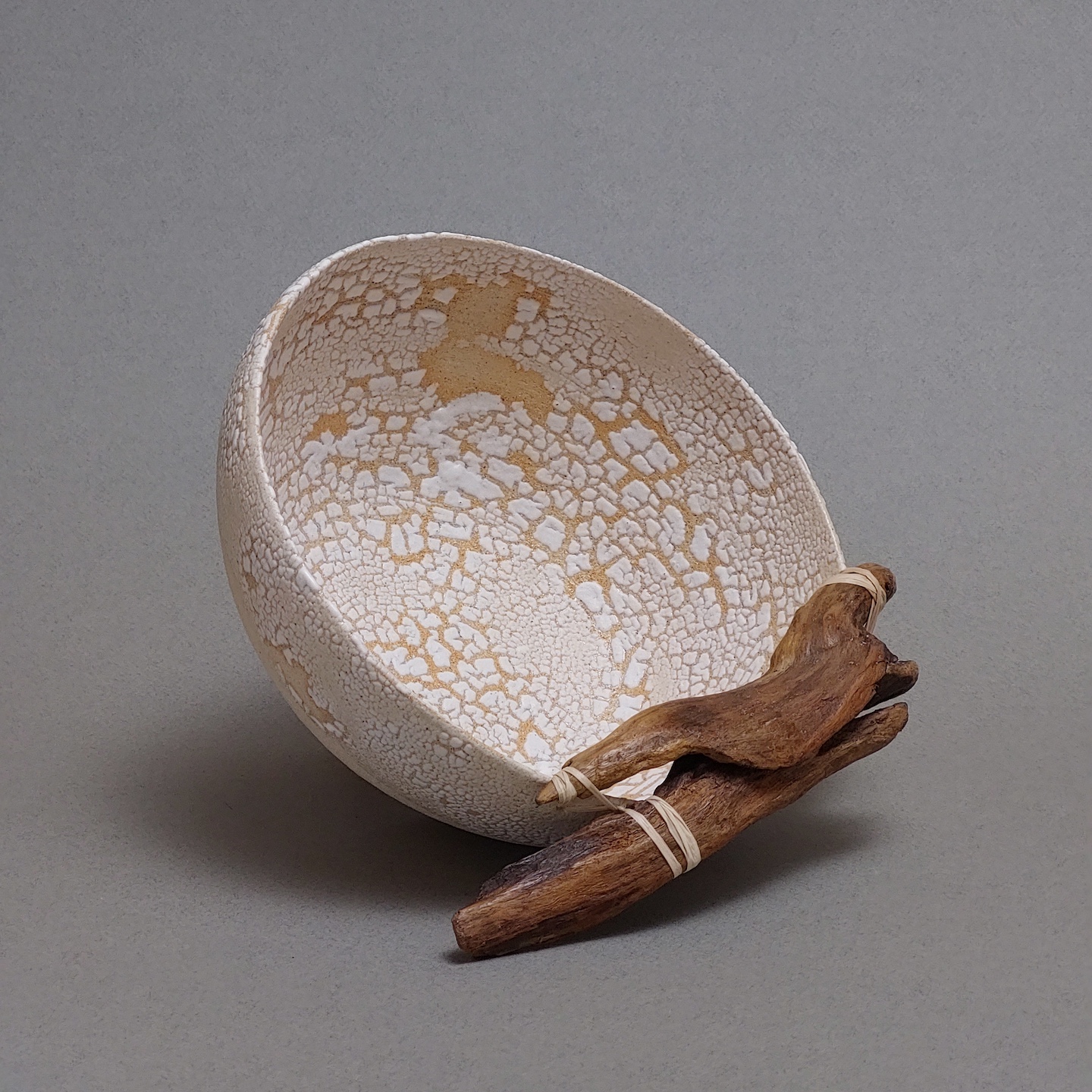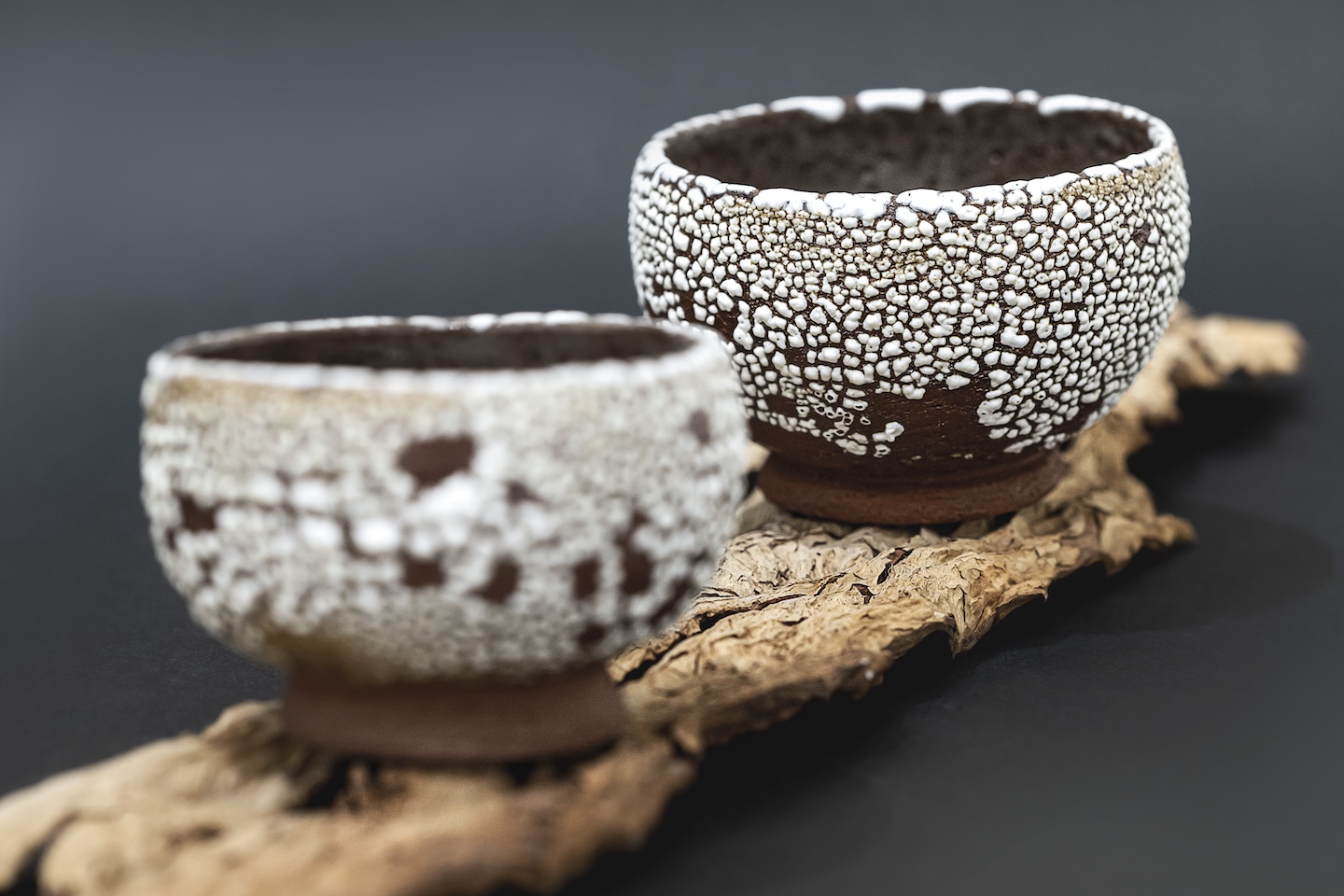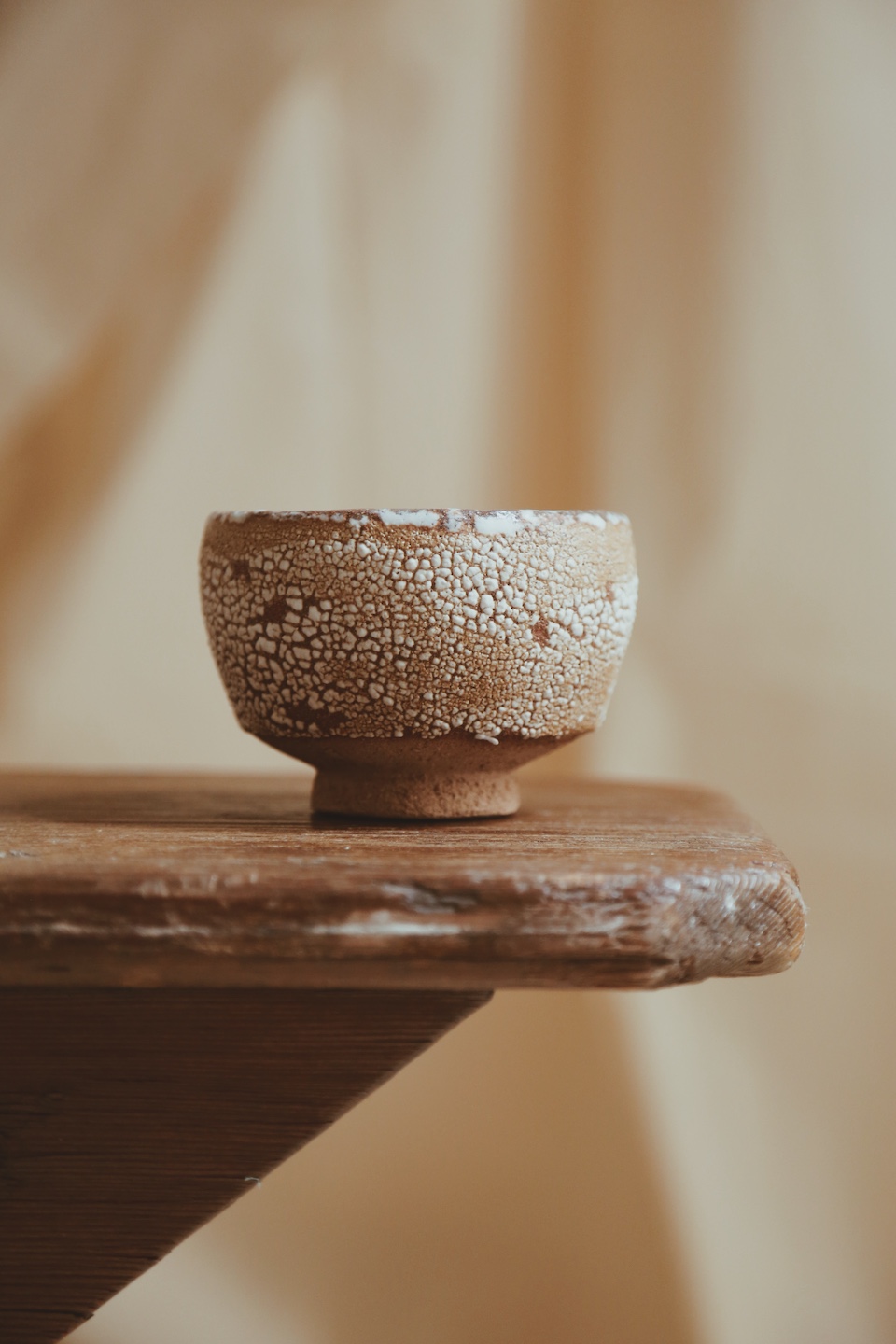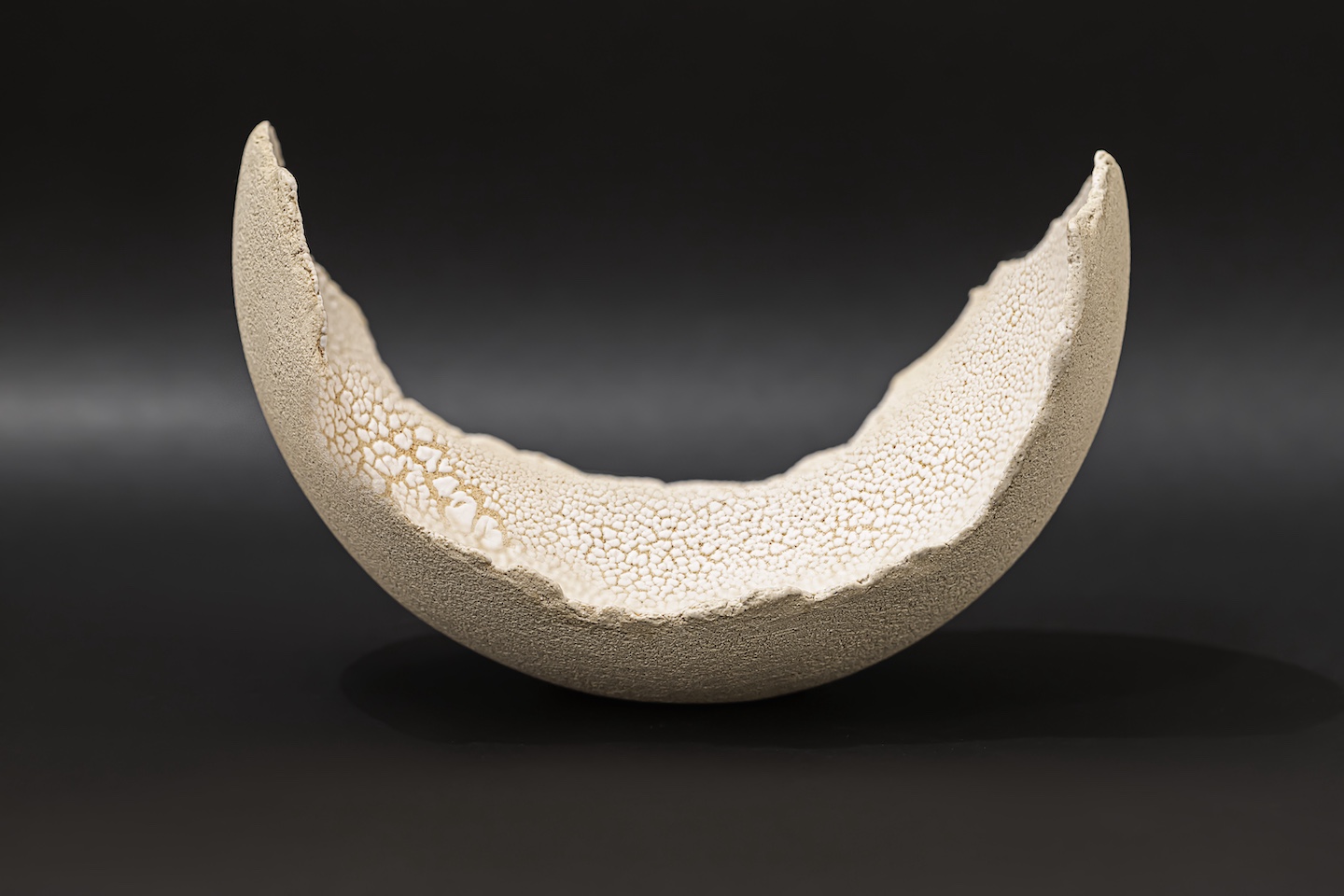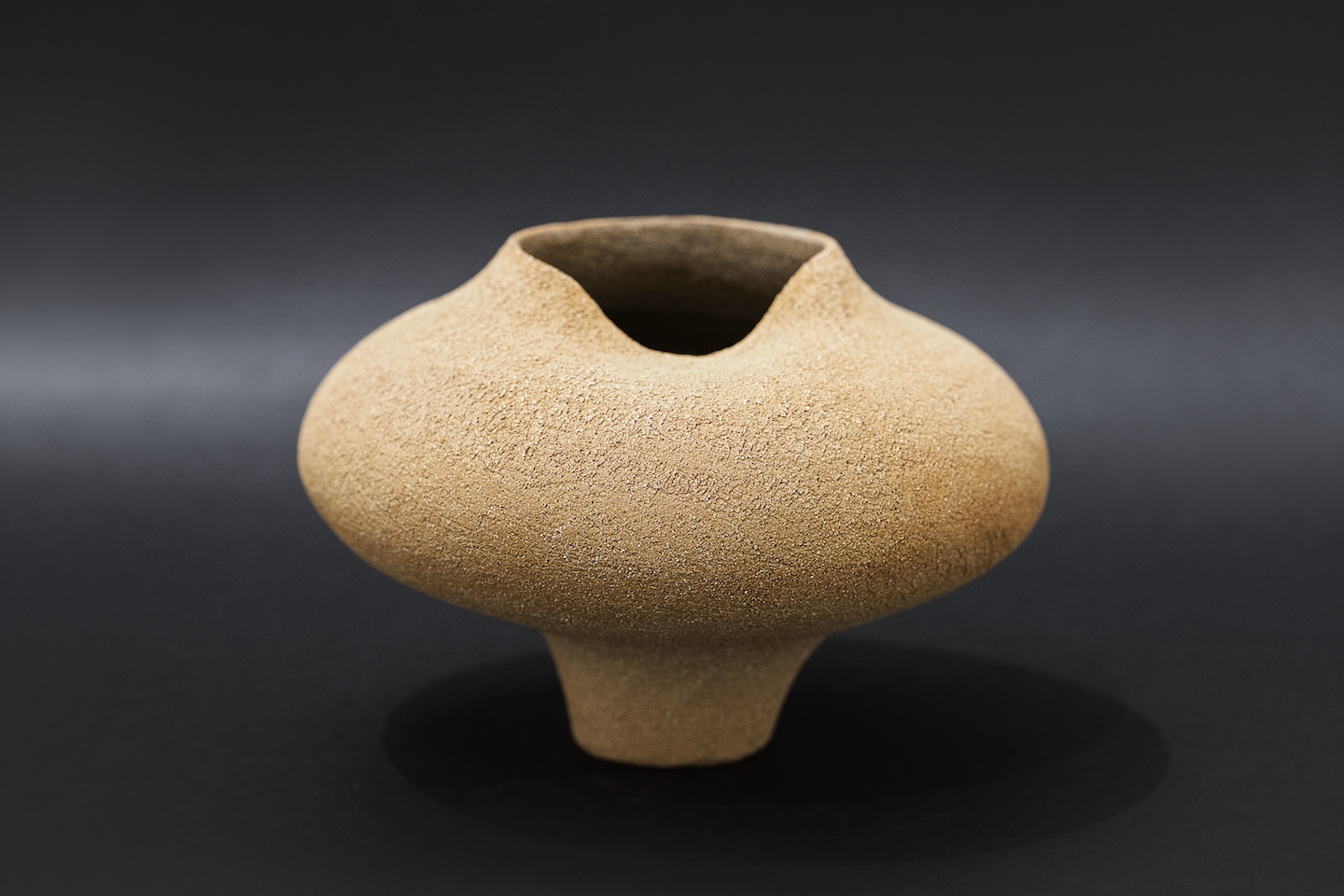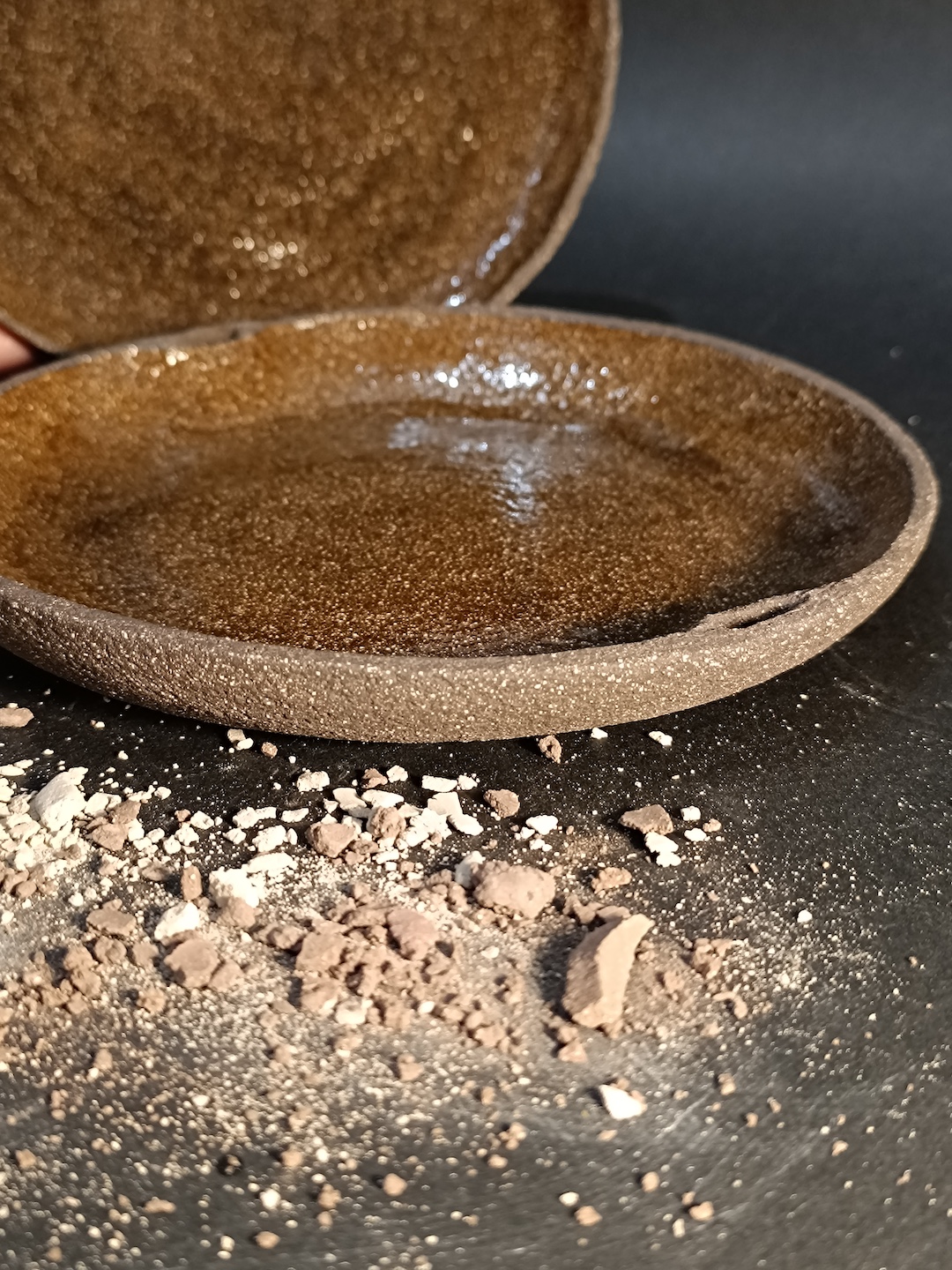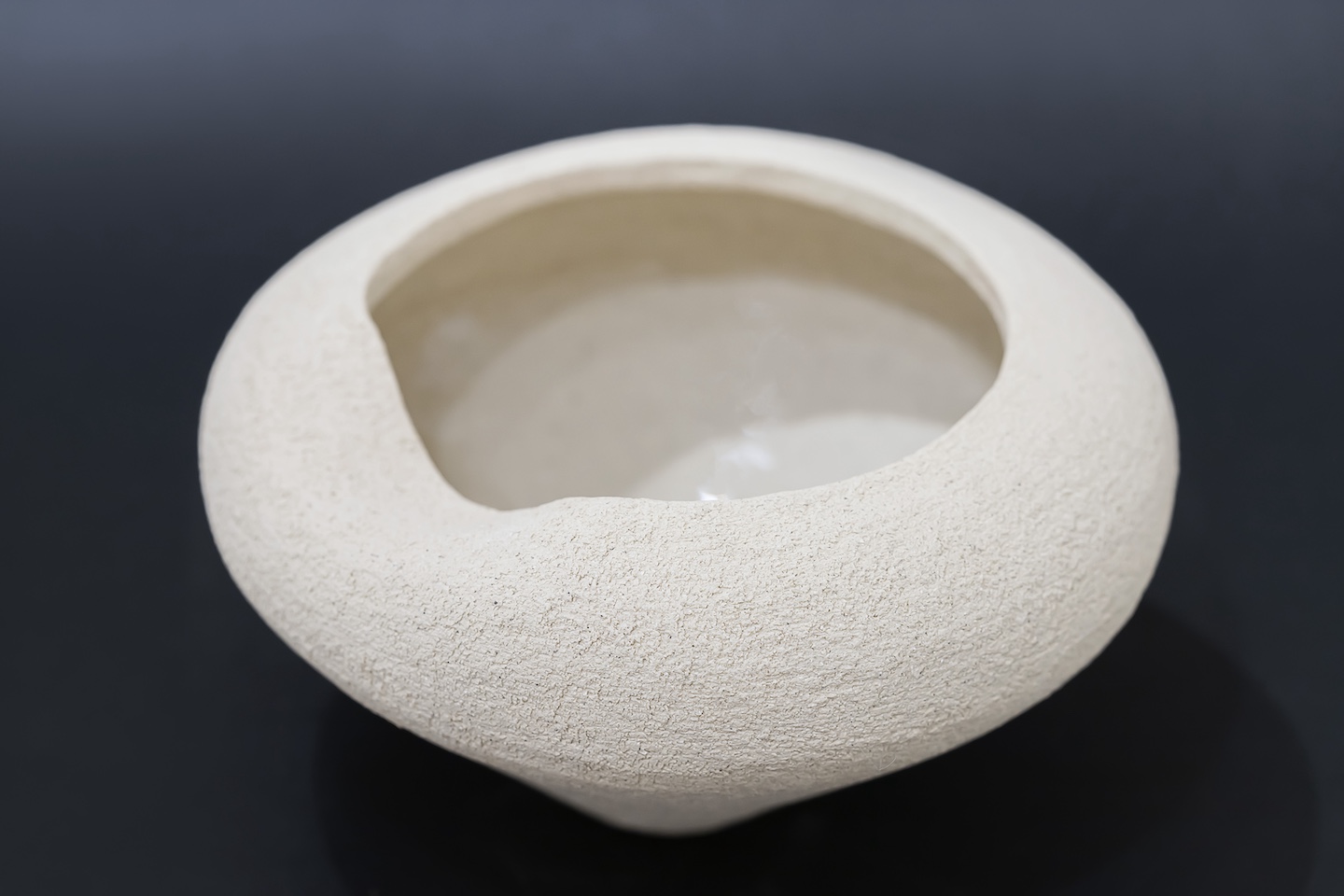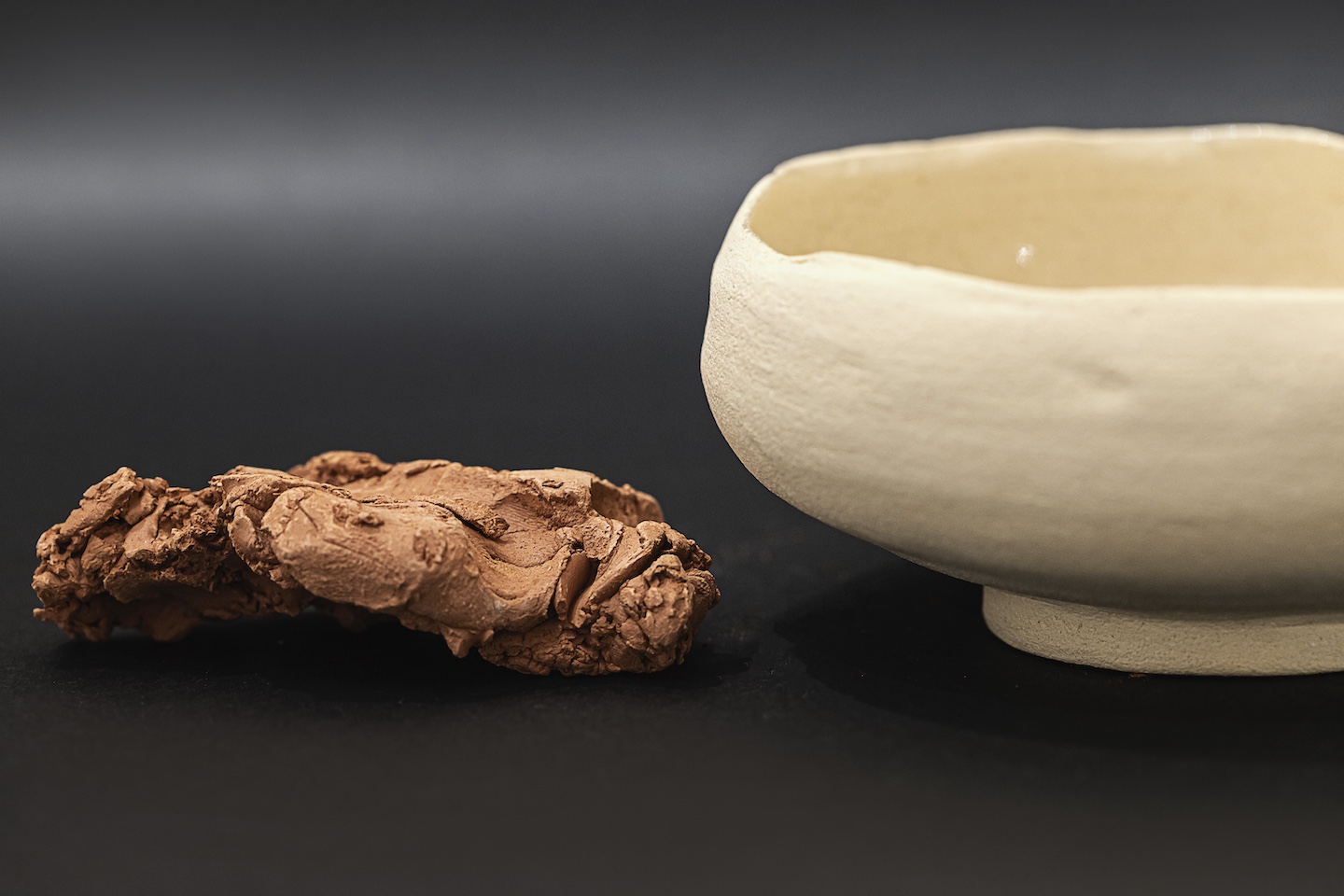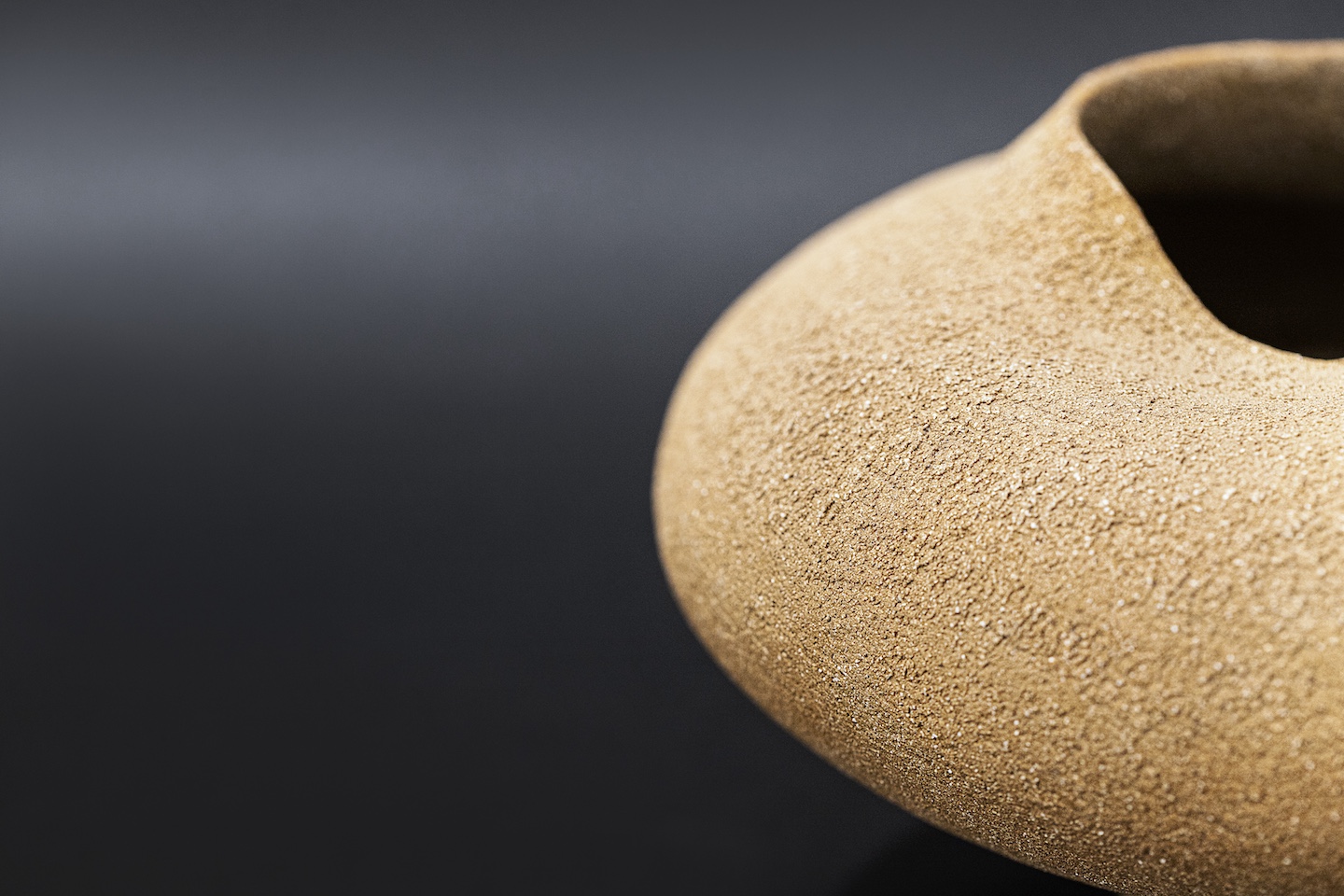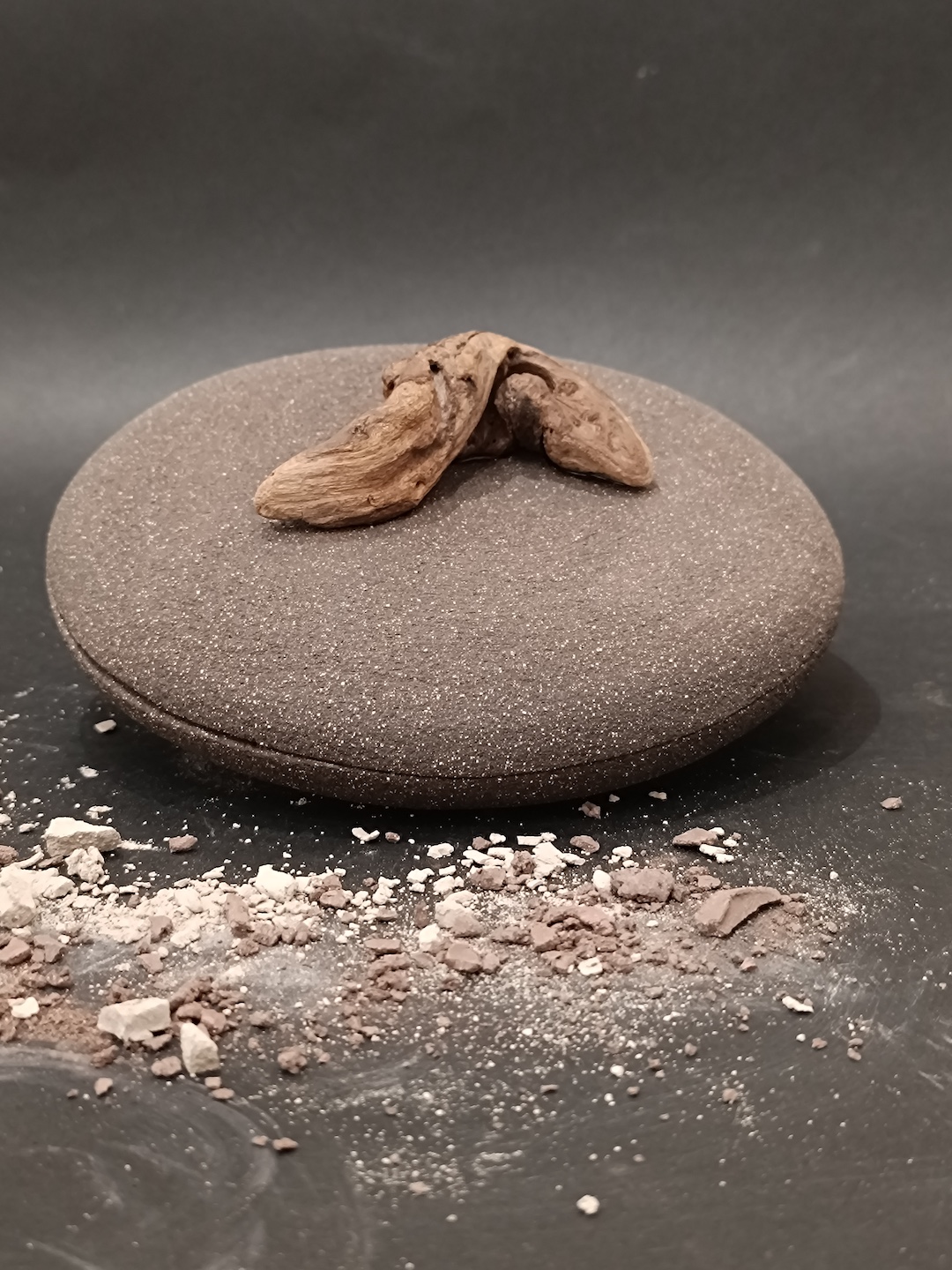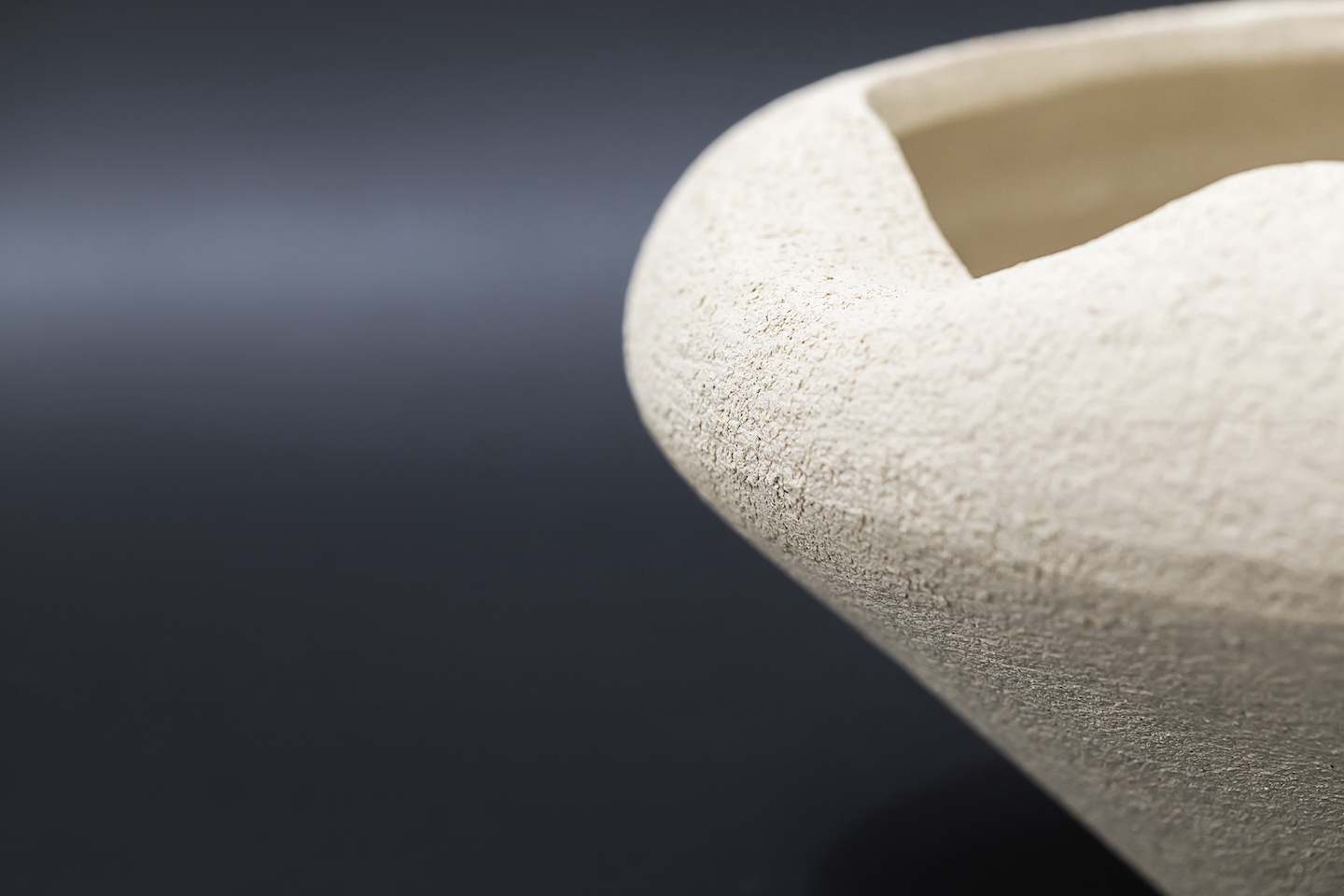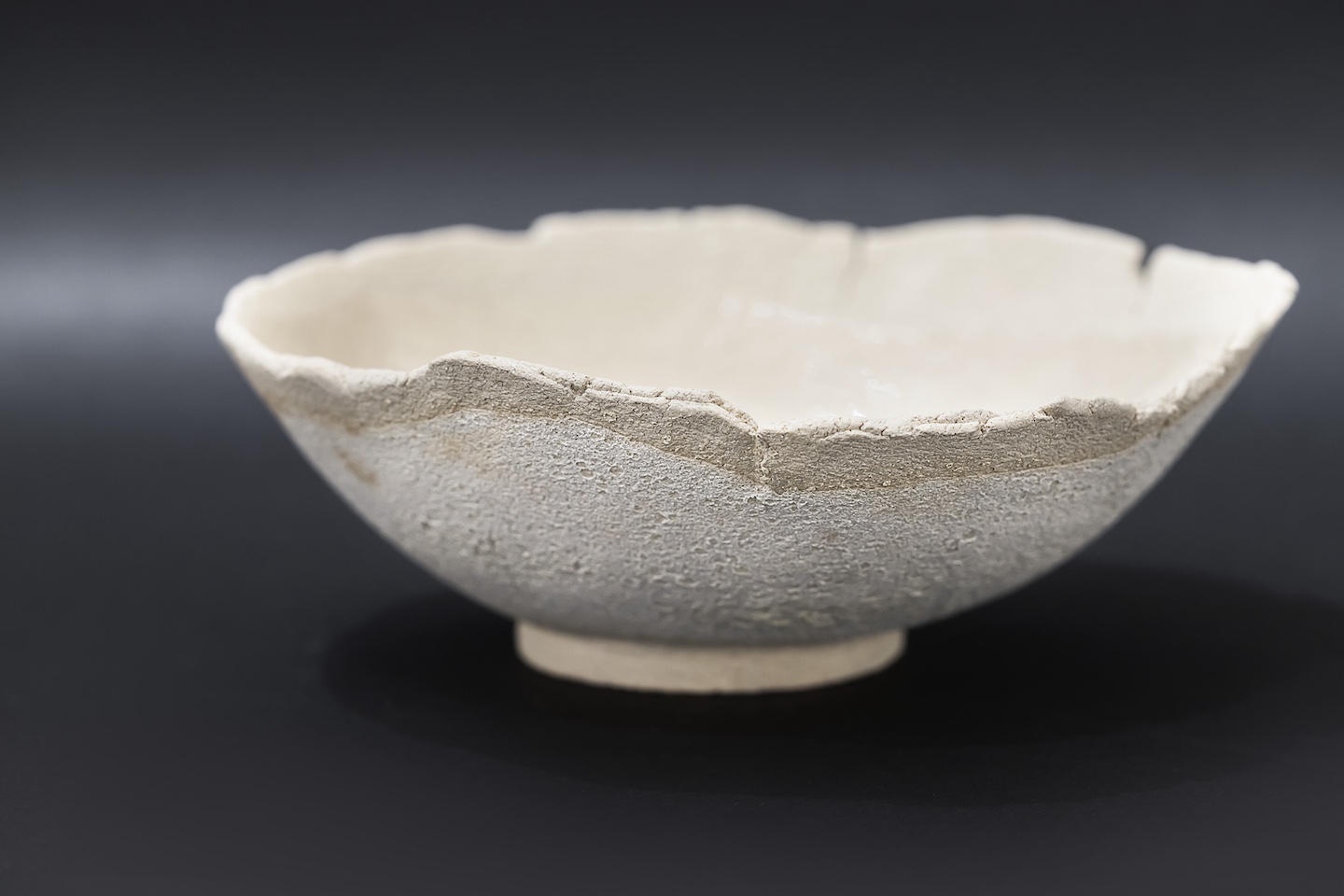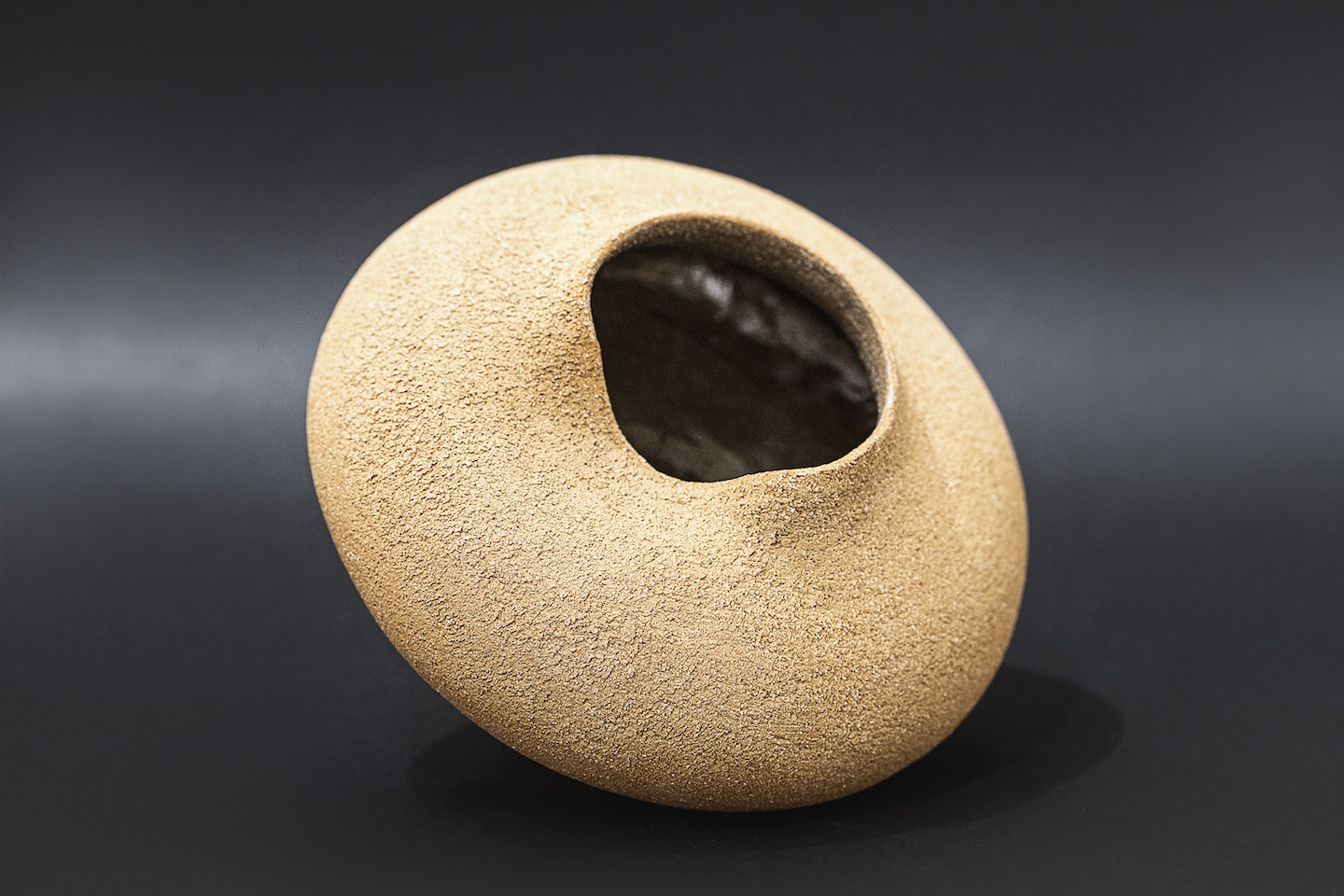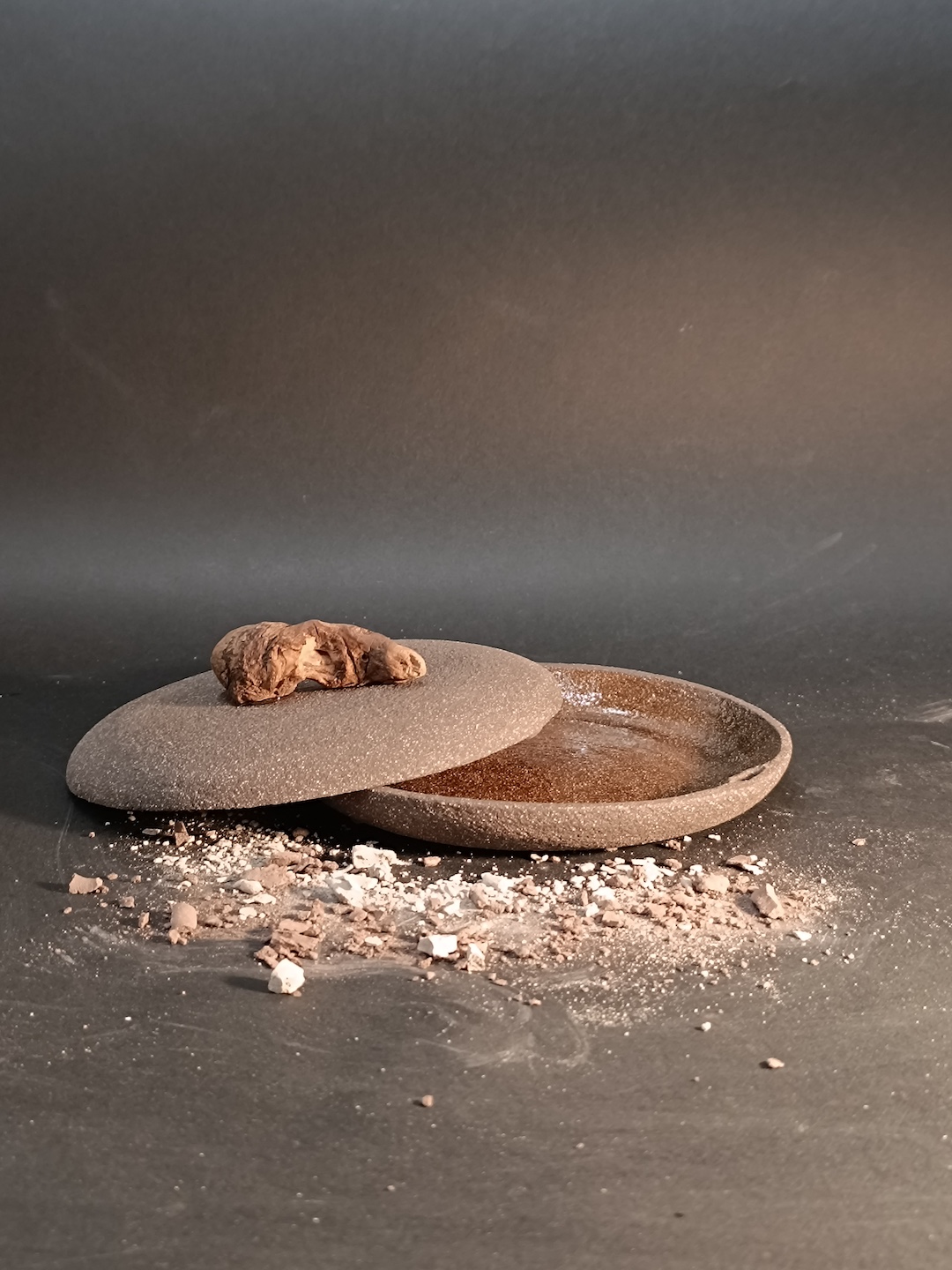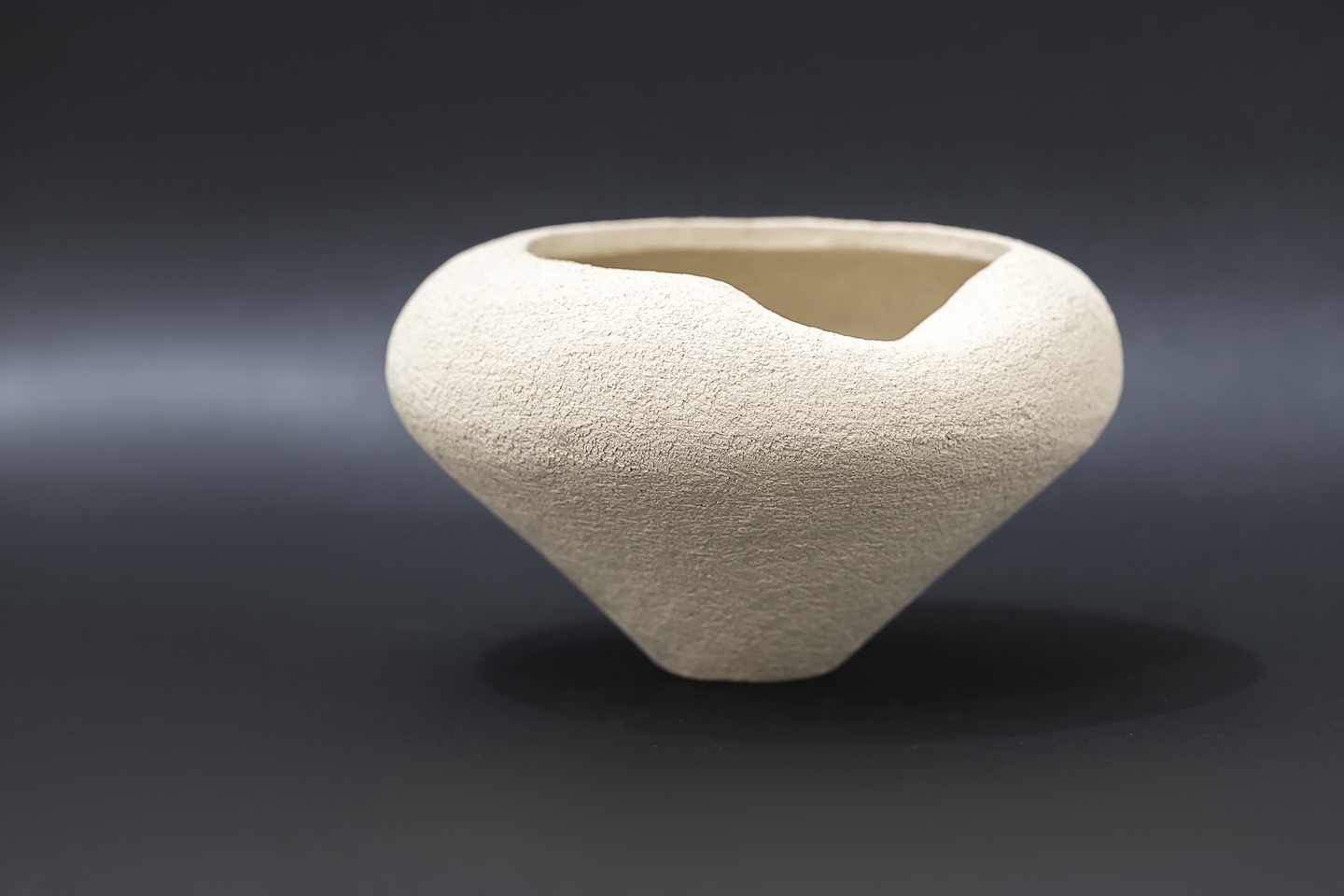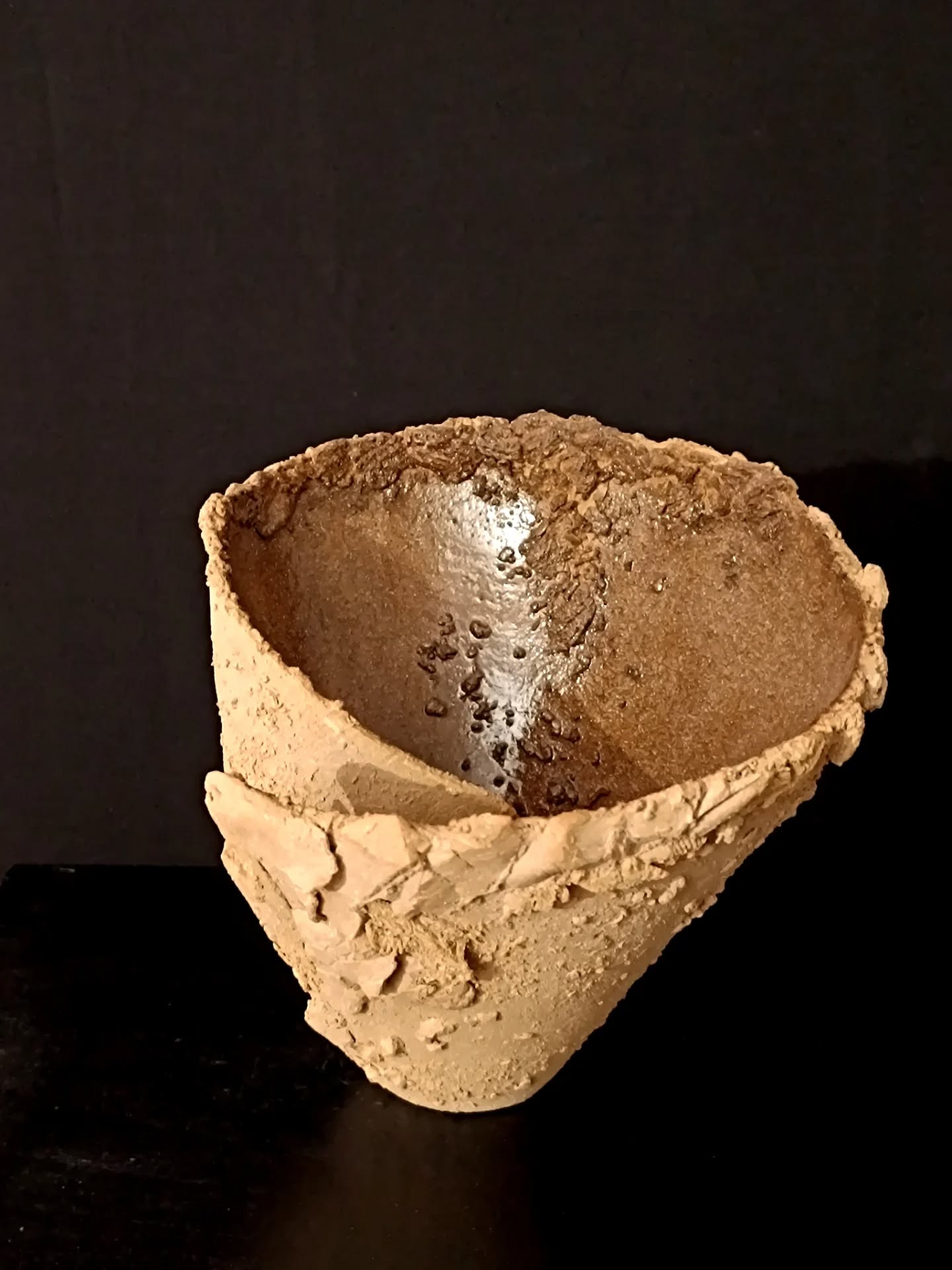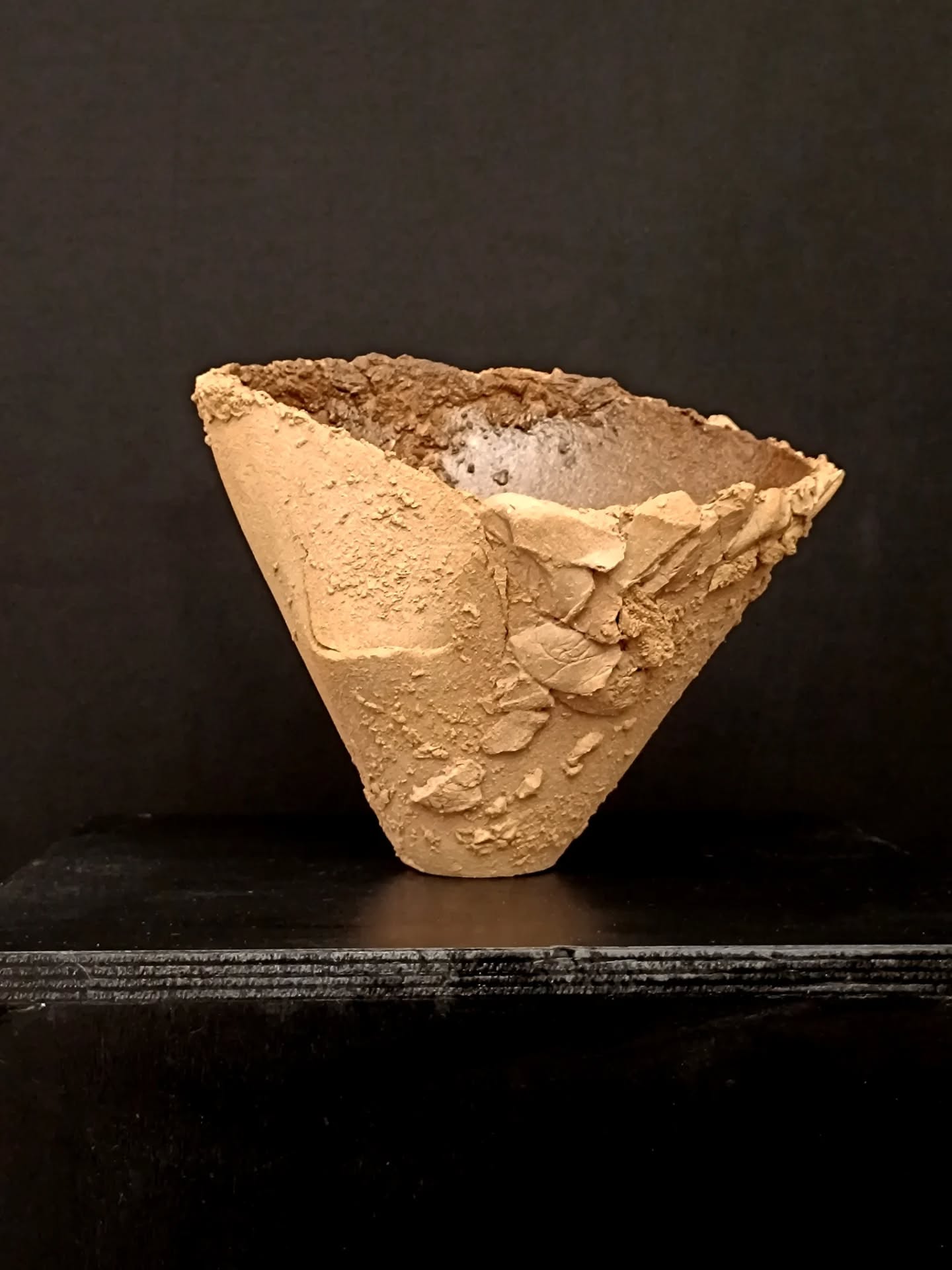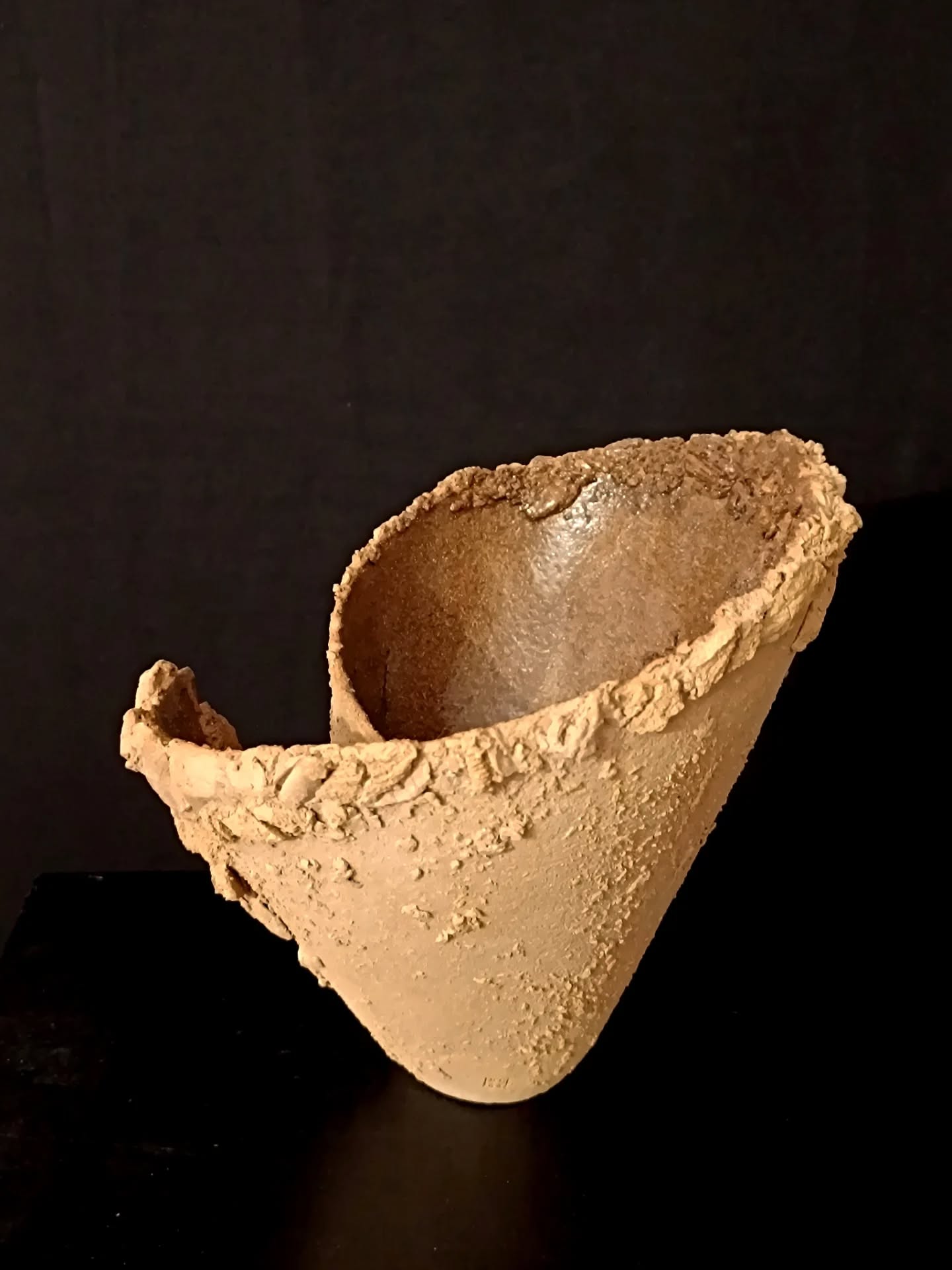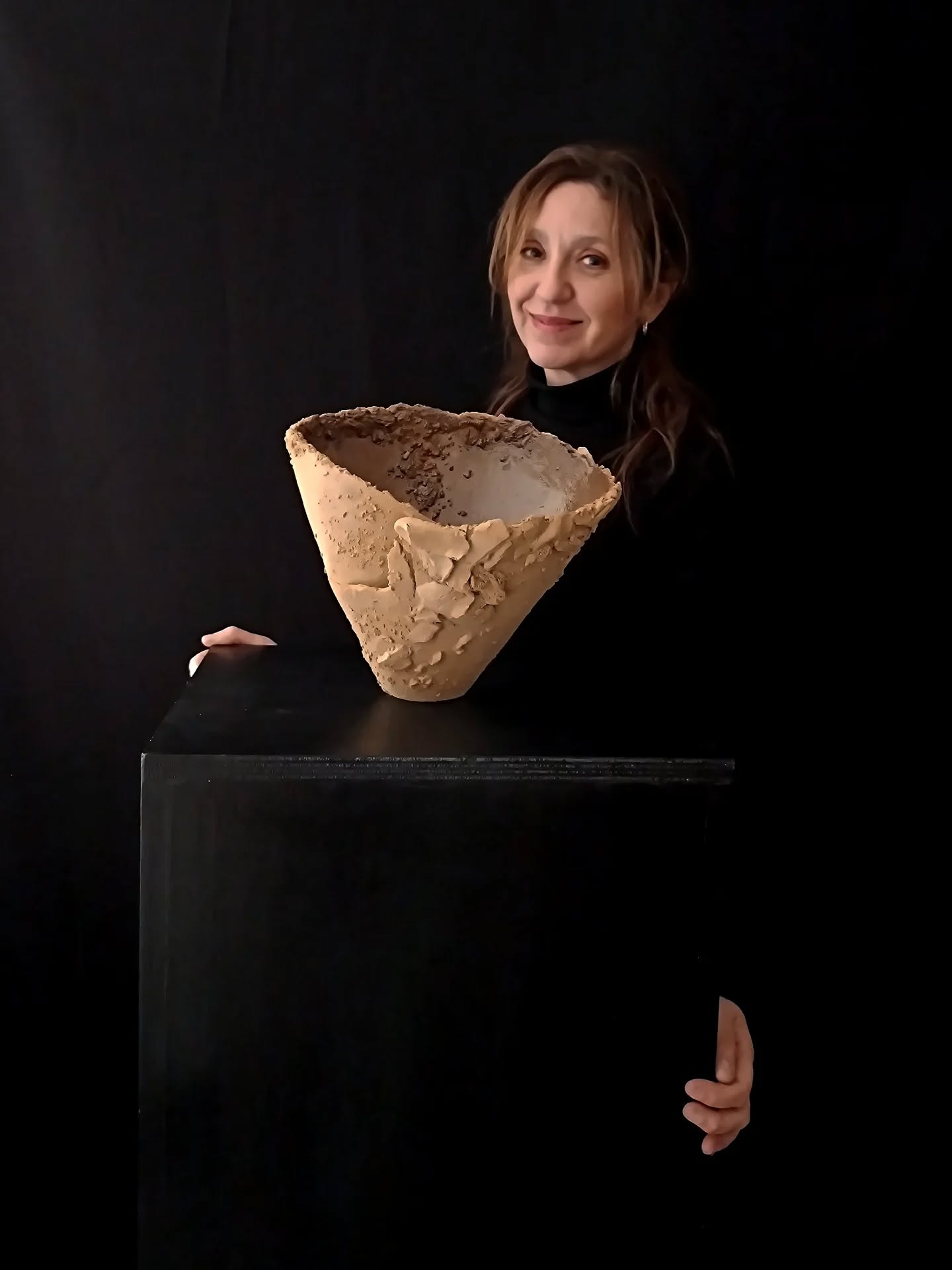

Collections
In imperfection, beauty is found; through diversity, uniqueness is found and everything becomes harmony.
Kurinuki is a Japanese ceramic technique which involves carving the desired shape in a piece of clay. The name can be translated literally as 'hollowing out’. A single block of clay is used, which is sculpted with the appropriate tools to achieve the desired form. Instead of creating a work from indiviual pieces of clay, as in other techniques, the piece is carved from a single block.
The Kurinuki technique dates back to mediaeval Japan, where it was used to create ceramic items for the tea ceremony. During the Edo period (1603-1868). The tecnique was extended to the production of other everyday objects which were intended for personal use and not produced on a large scale. Thanks to the particular nature of this technique, every resulting piece is unique and no two are alike. This uniqueness has led many artists to embrace the Kurinuku technique as an art form to express themselves with unrepeatable creations.
Karakorum
Work inspired by the 2017 Karakorum expedition of Marcello Sanguineti and his companions. An expedition which took place in the mountains on the border between Pakistan and India, where exploration, passion and scientific research stir the human soul and force it to show itself.
Where the encounter between nature and man is pushed to the extreme, to the point of finding that respect which has been lost.
Where the battle takes place in harsh and unexplored territory and leaves no room for the unnecessary.
The Fluctuating Forms come to life from a mark, from a trace. The gesture of the hand leaves etched on the surface the trace of a perception, of a desire, of a vision. The material begins to interact with the spontaneous gesture and takes over. It asserts itself. It grows in search of sinuosity, sensuality, harmony and the right moment to stop. When the sense of touch, the palm of the hand are satisfied, the action stops and the Fluctuating Form rests.
The Wounds of the soul belong to all of us… we are not alone.
The shape is recognisable and hence reassuring but it transcends its use. It resists and despite its wounds it will continue on its path. It demands to be looked at, admired; it doesn't lose its fascination. There is something ancestral that comes from the lives lived by our ancestors. It touches the depths of the soul, it seeks that far and hidden corner that often struggles to be seen.
Wabi Sabi: a vision or aesthetic of the Japanese world, based on the acceptance of the transience and imperfection of things. This technique highlights the asymmetry of things, their transience, fragility, and simplicity.

